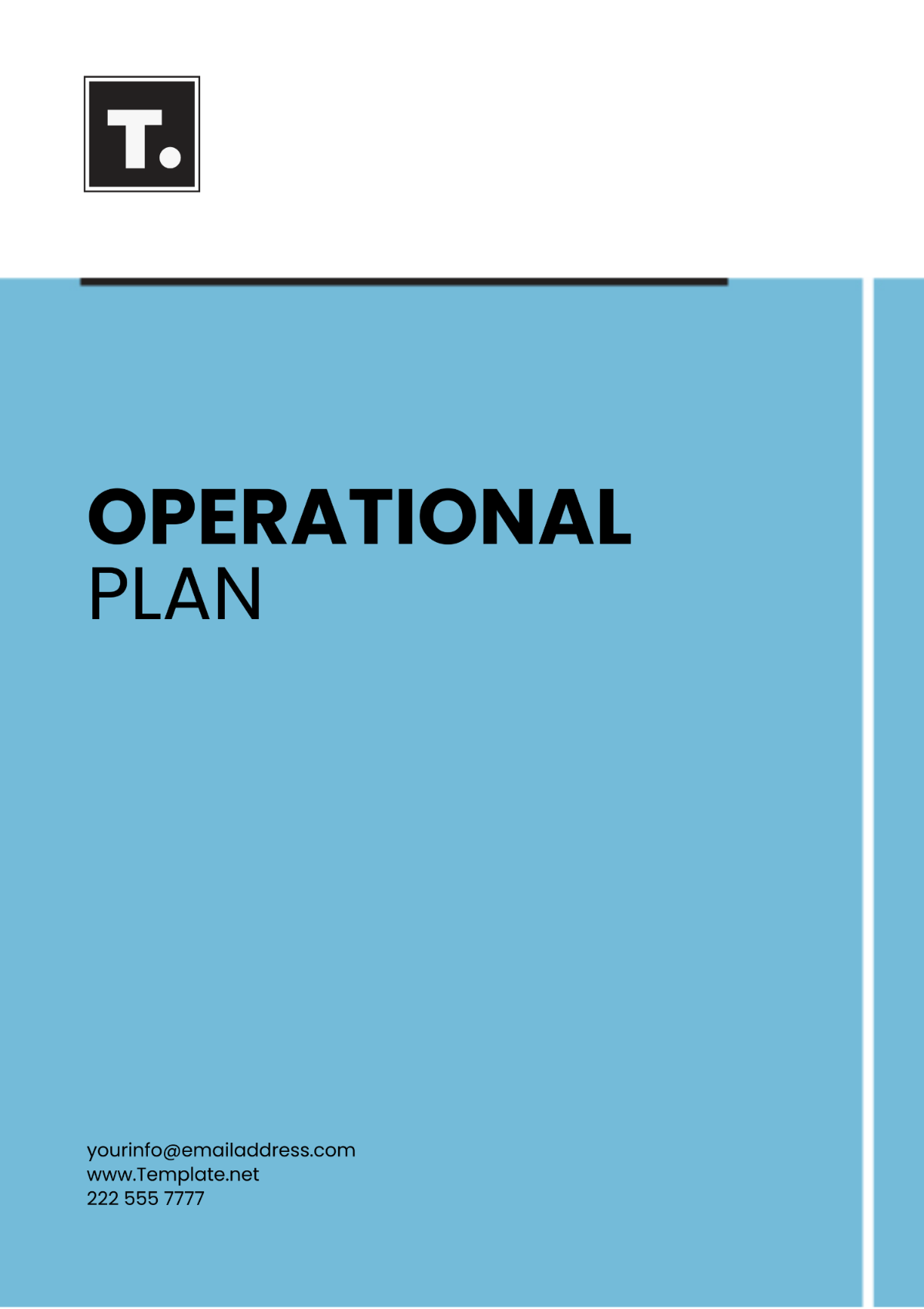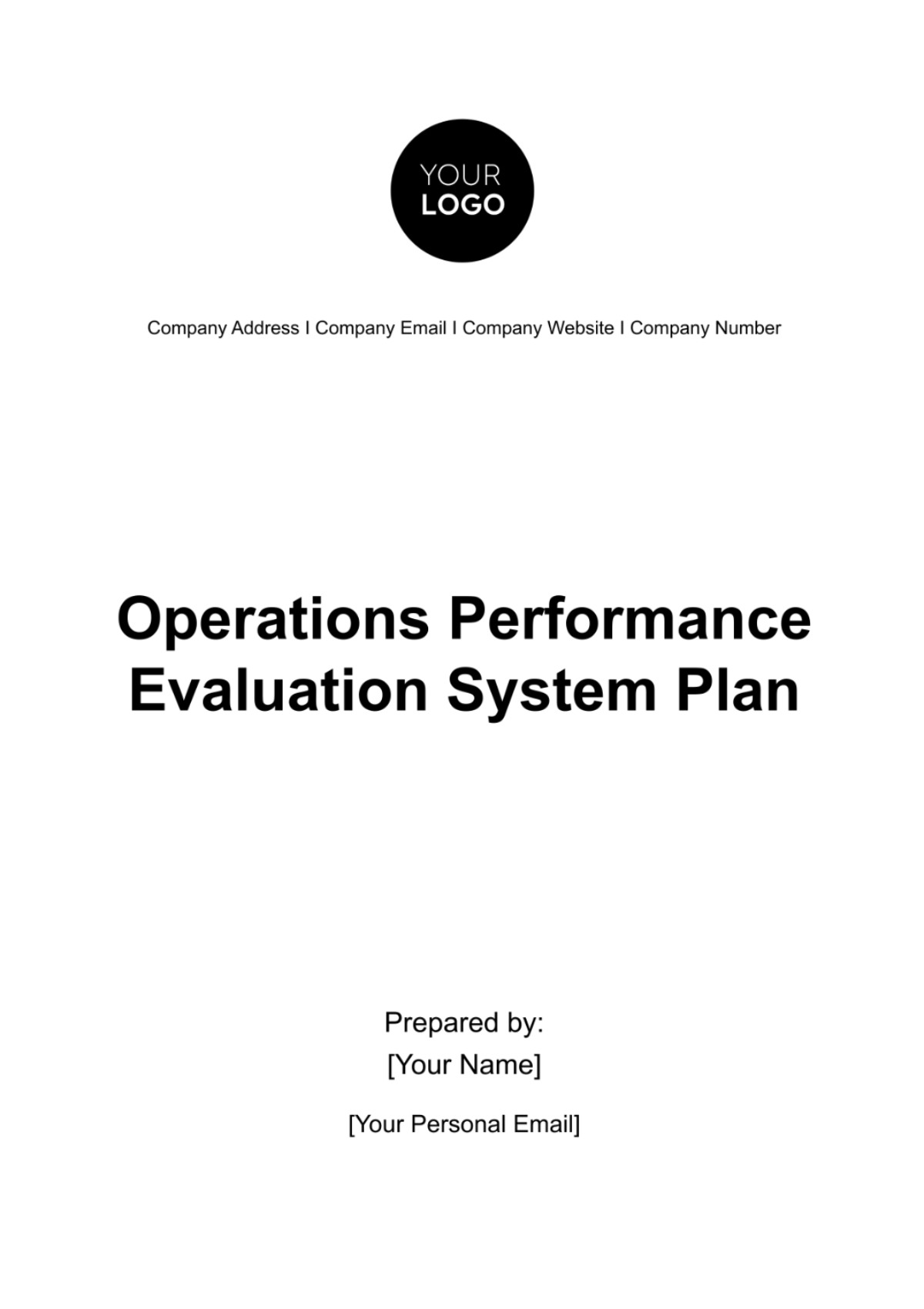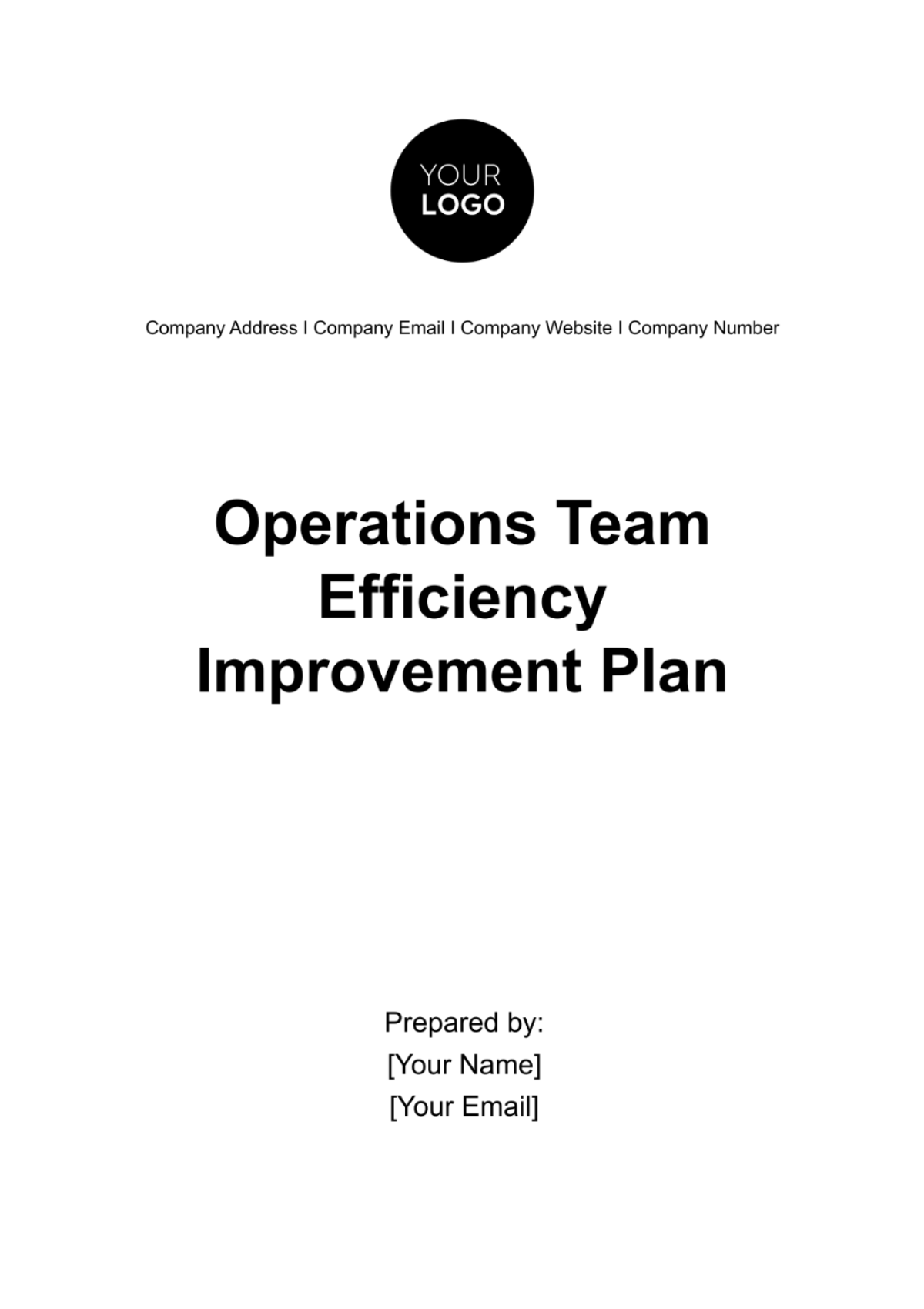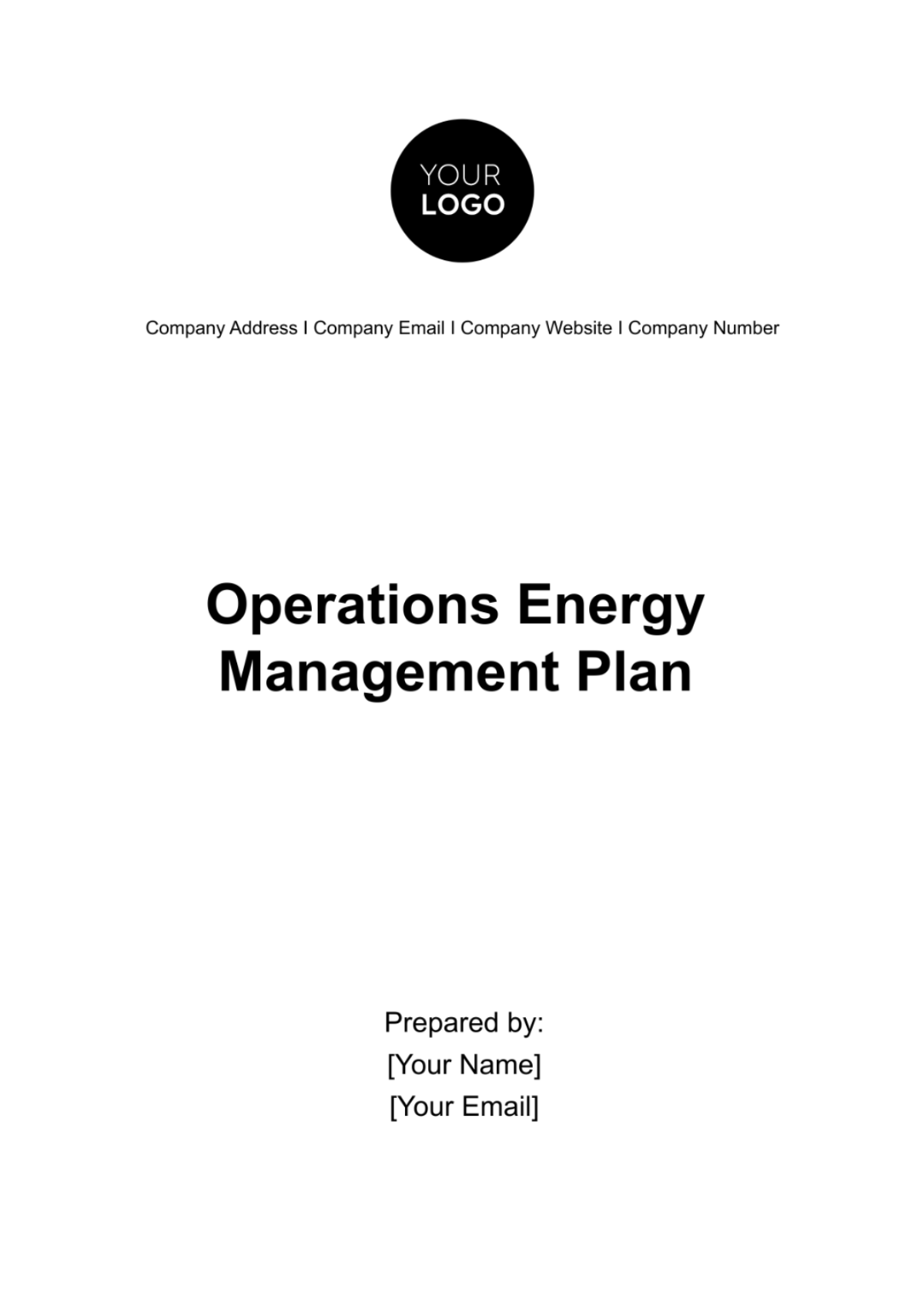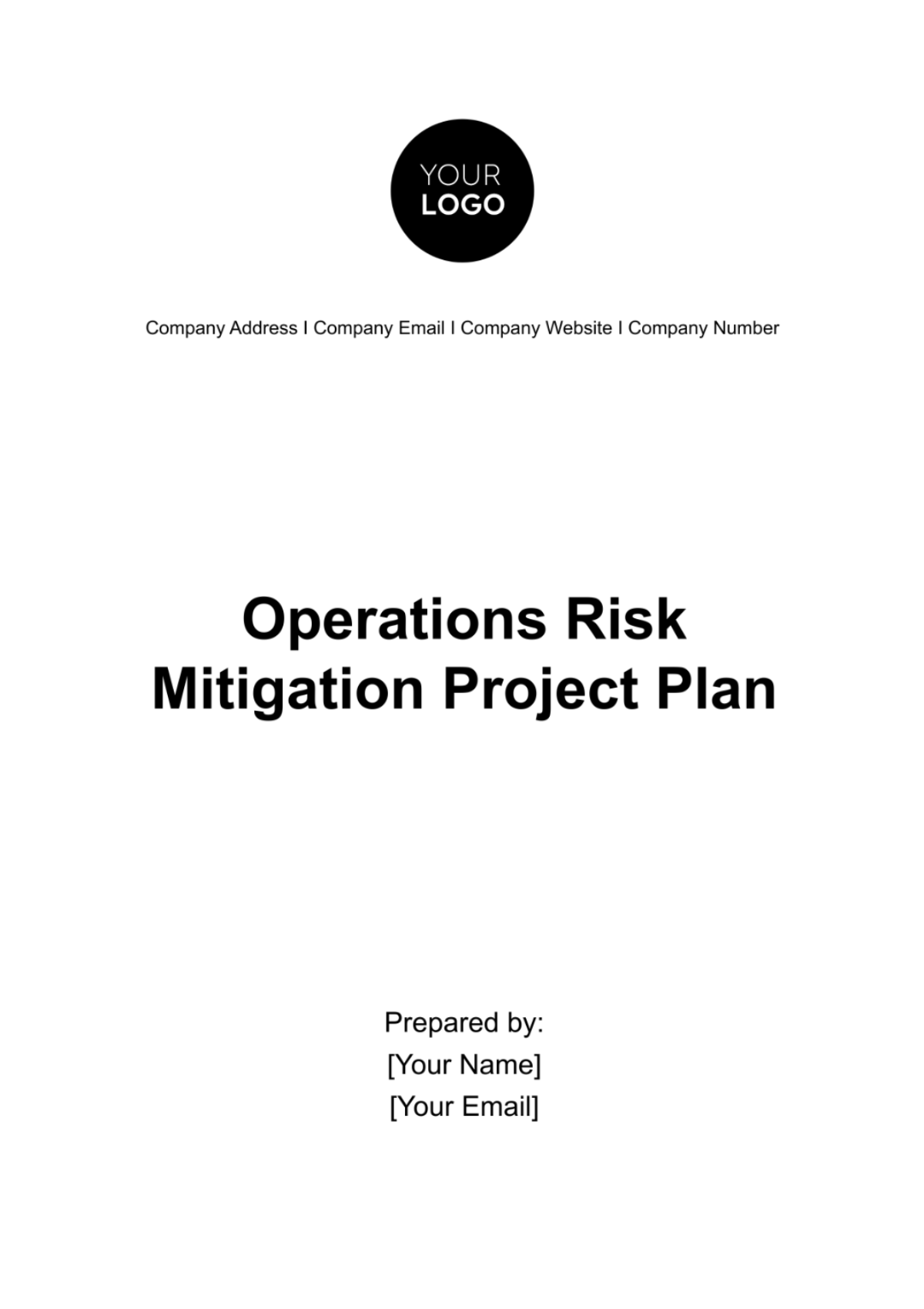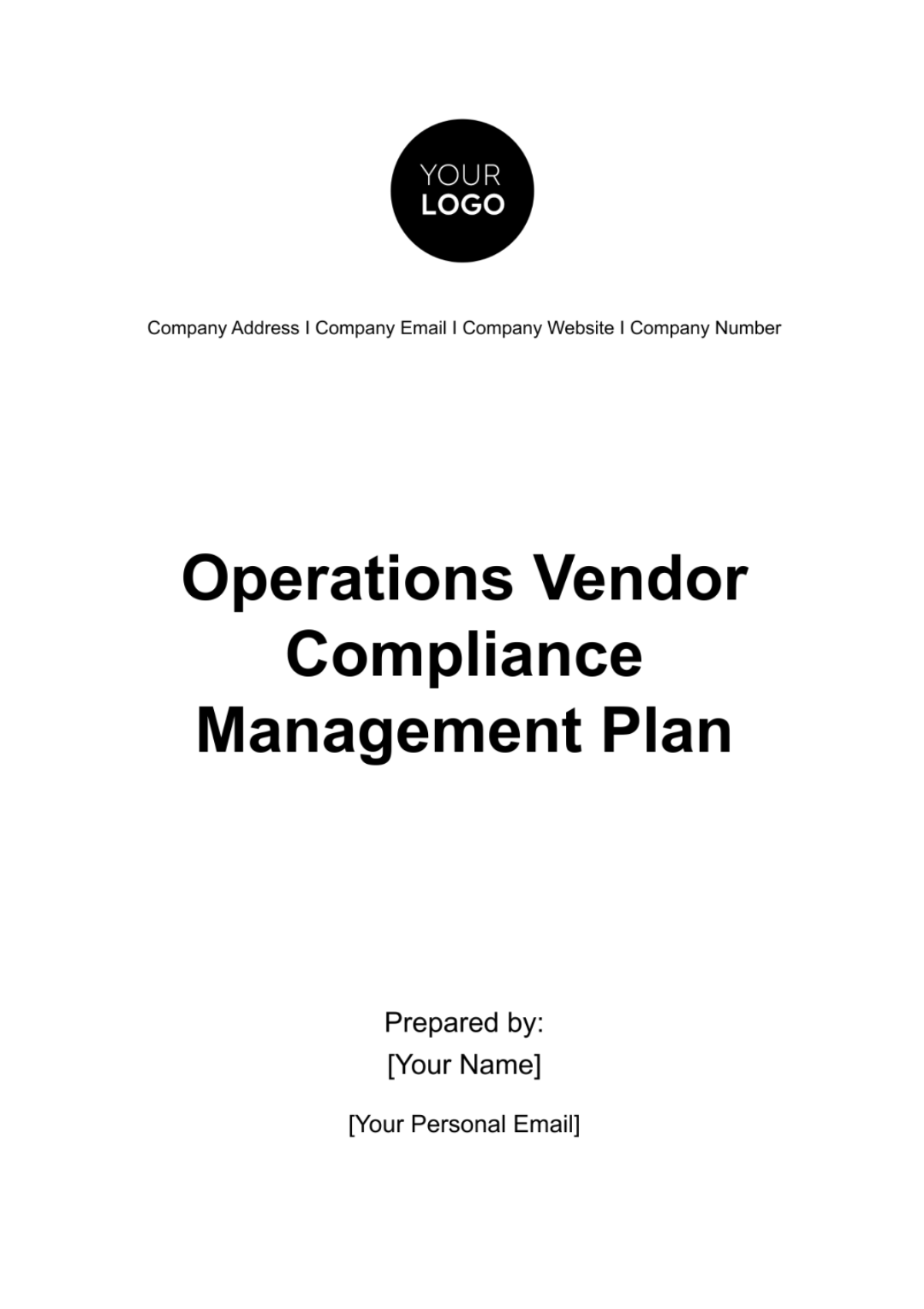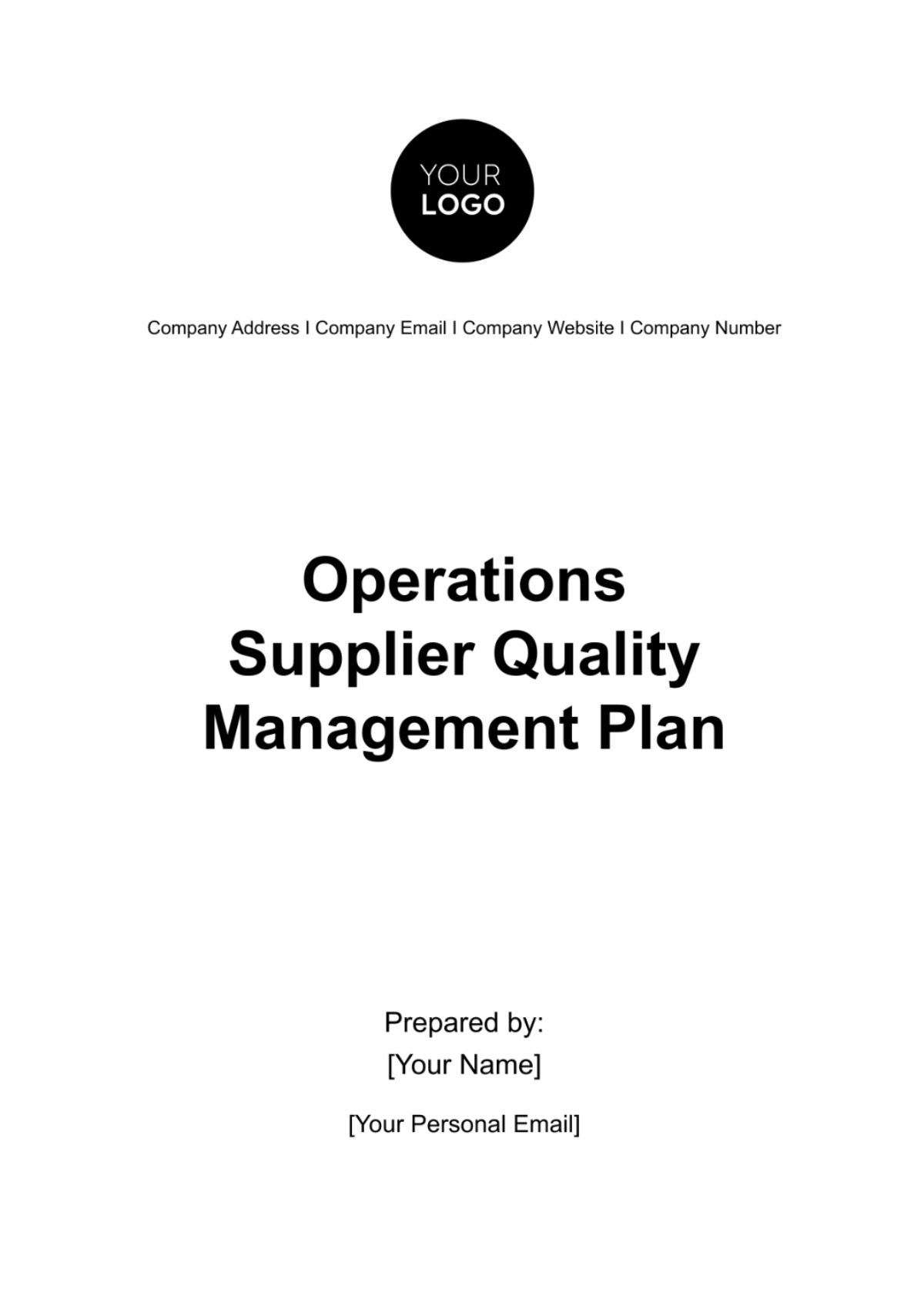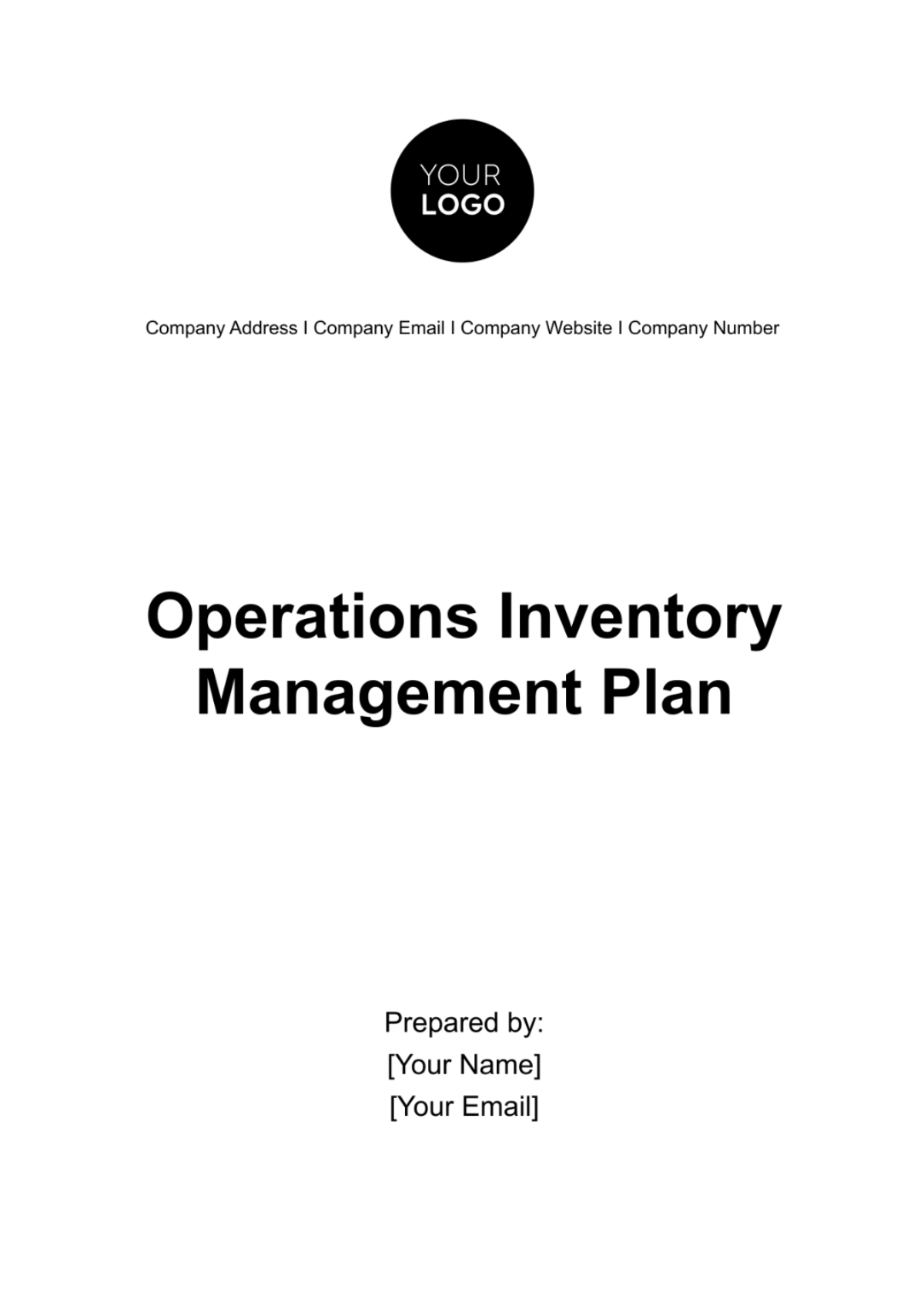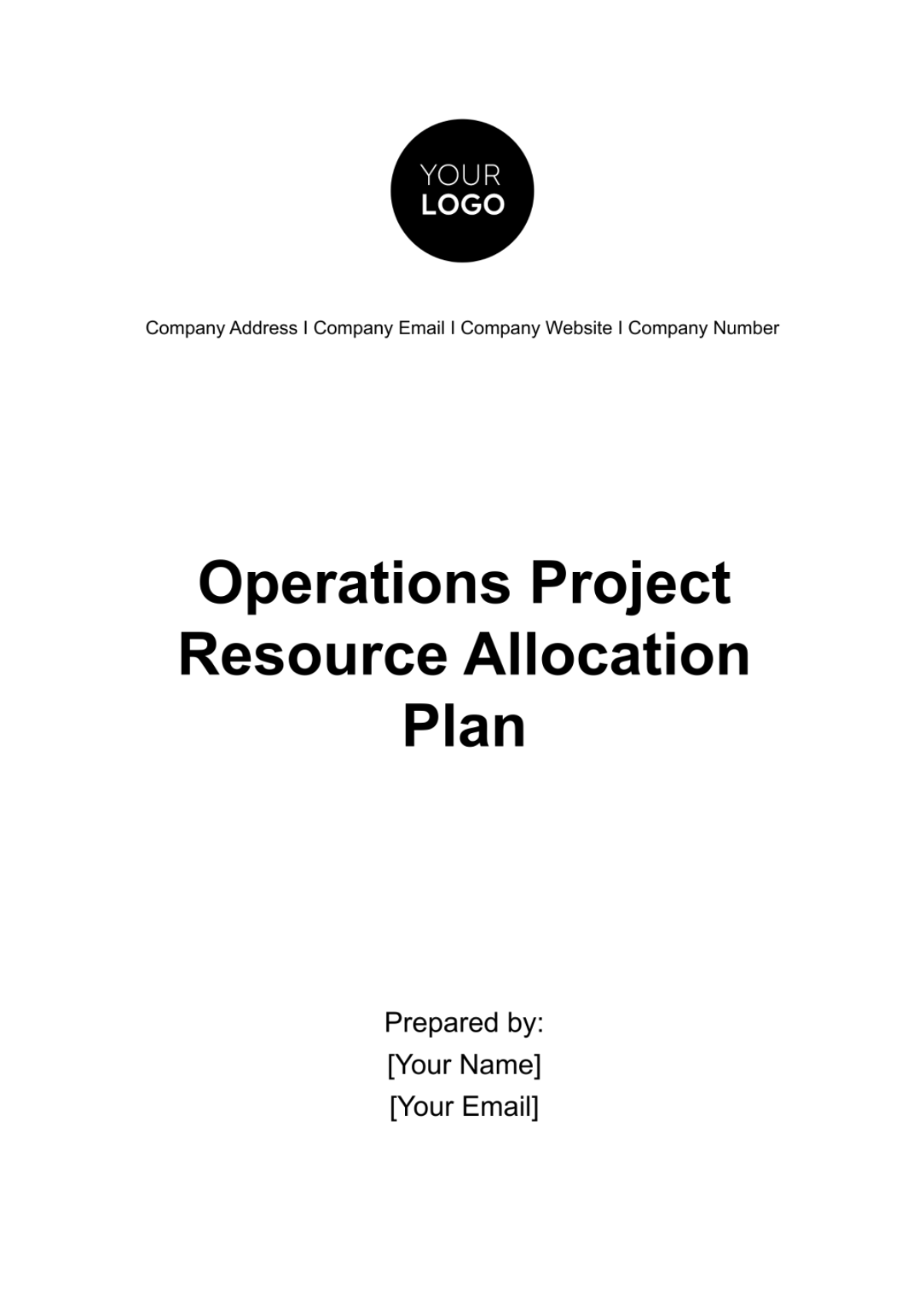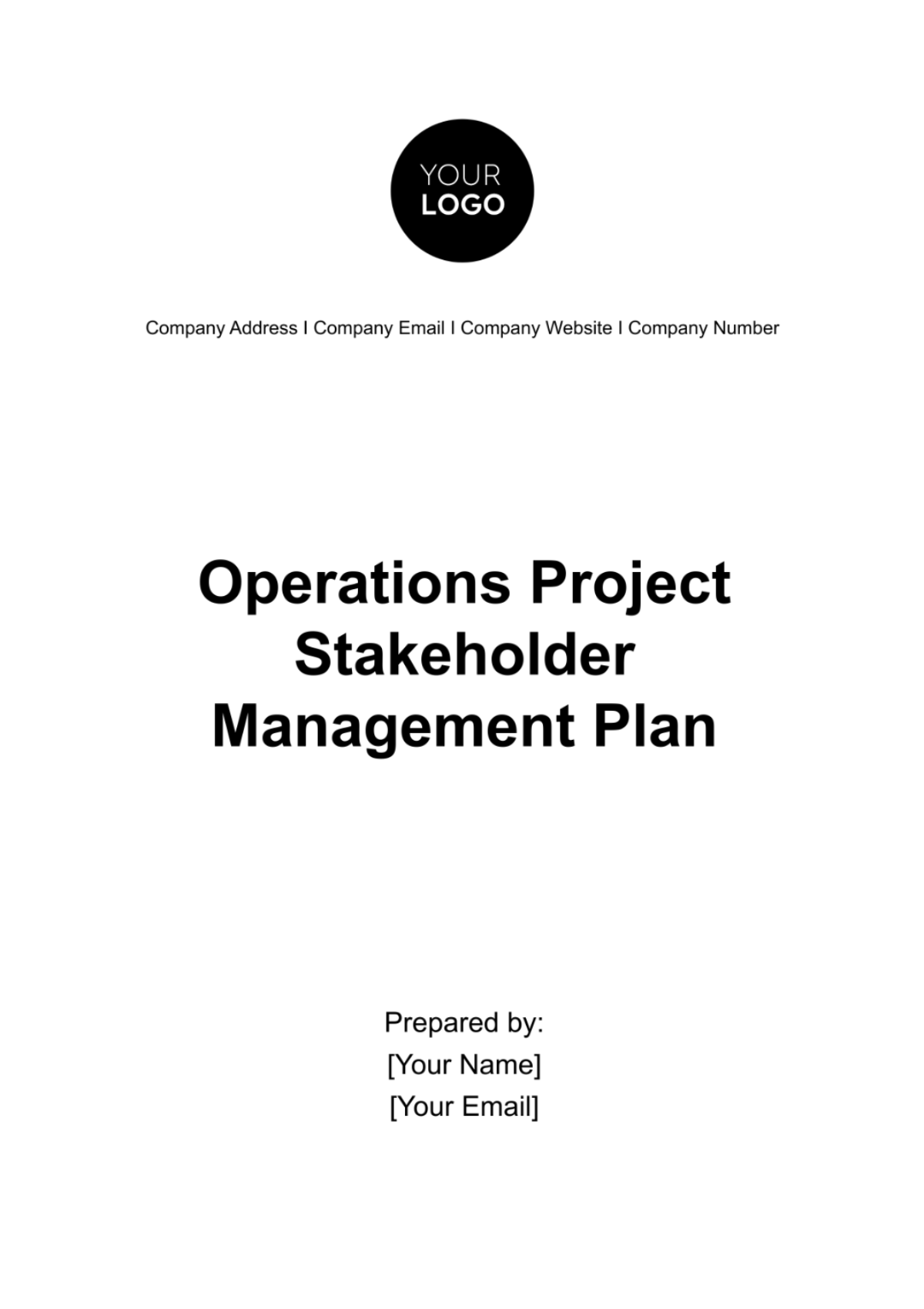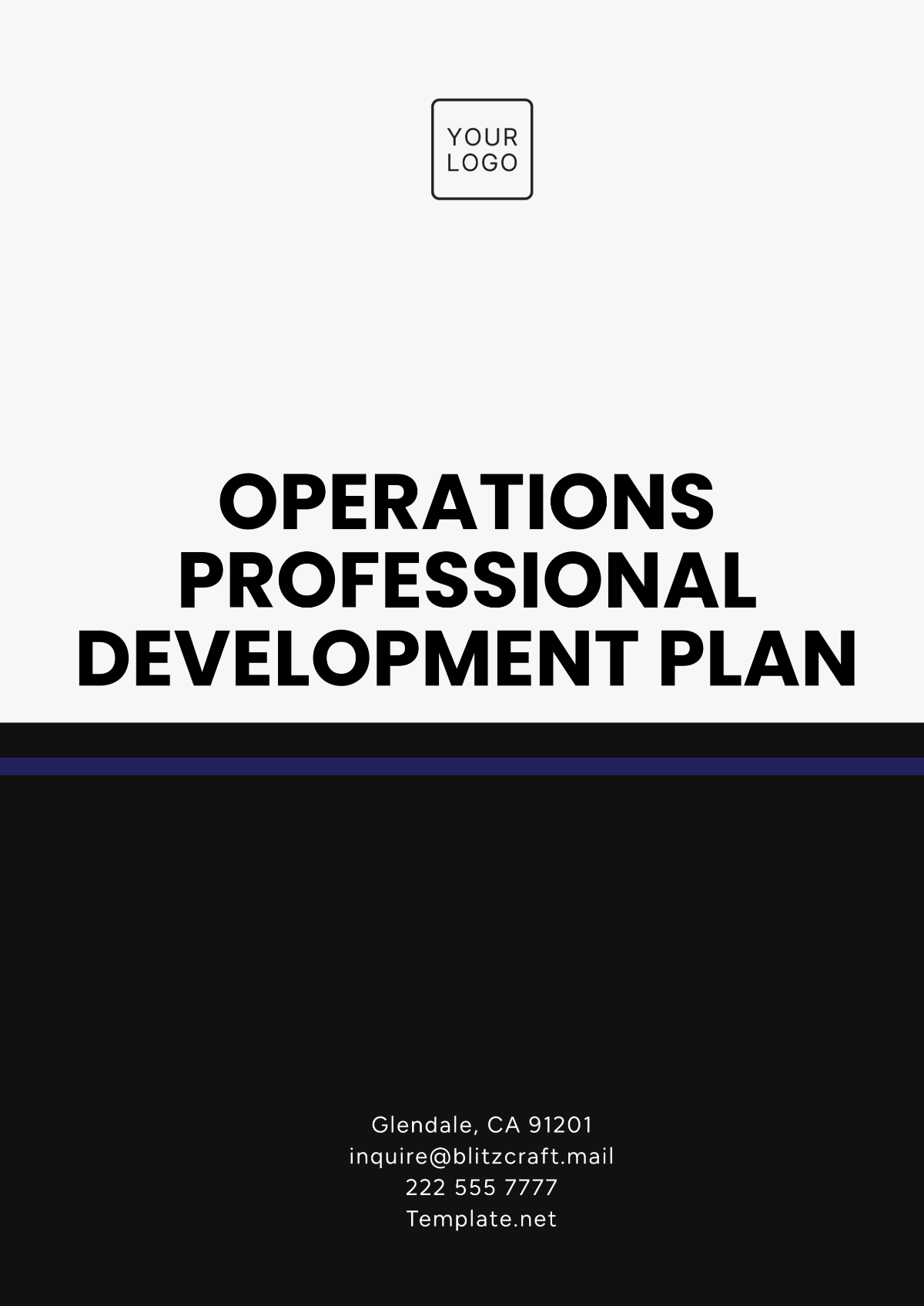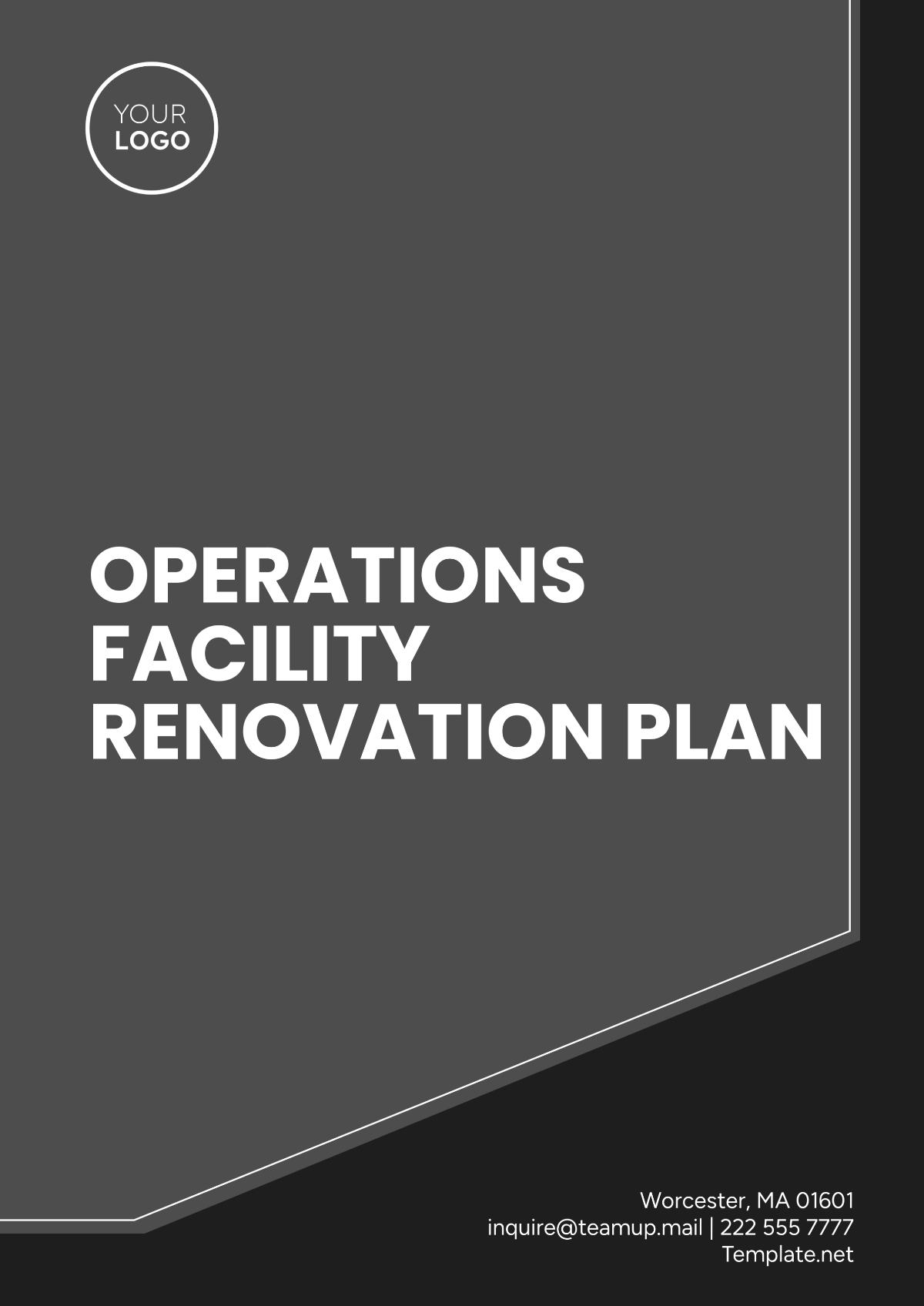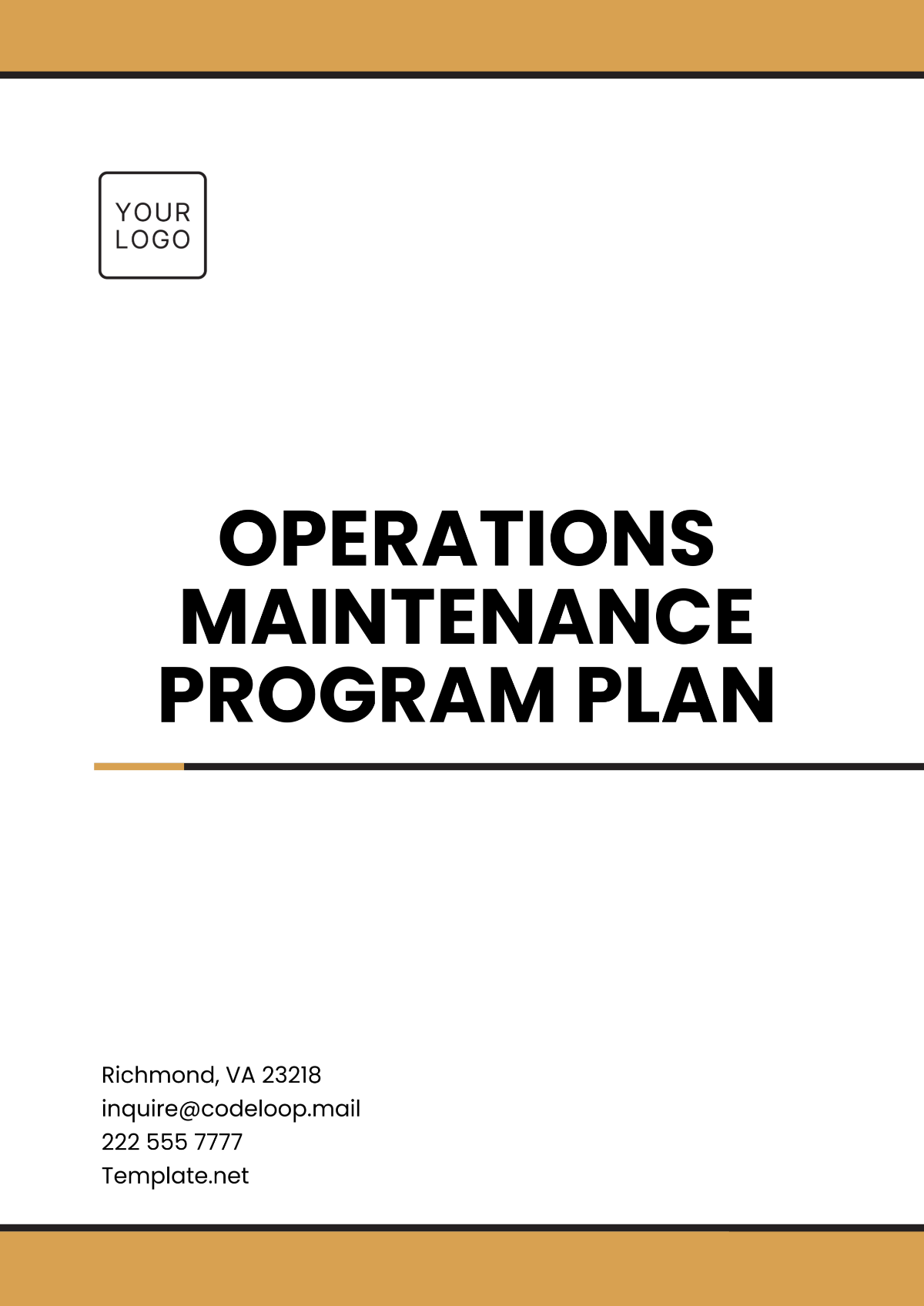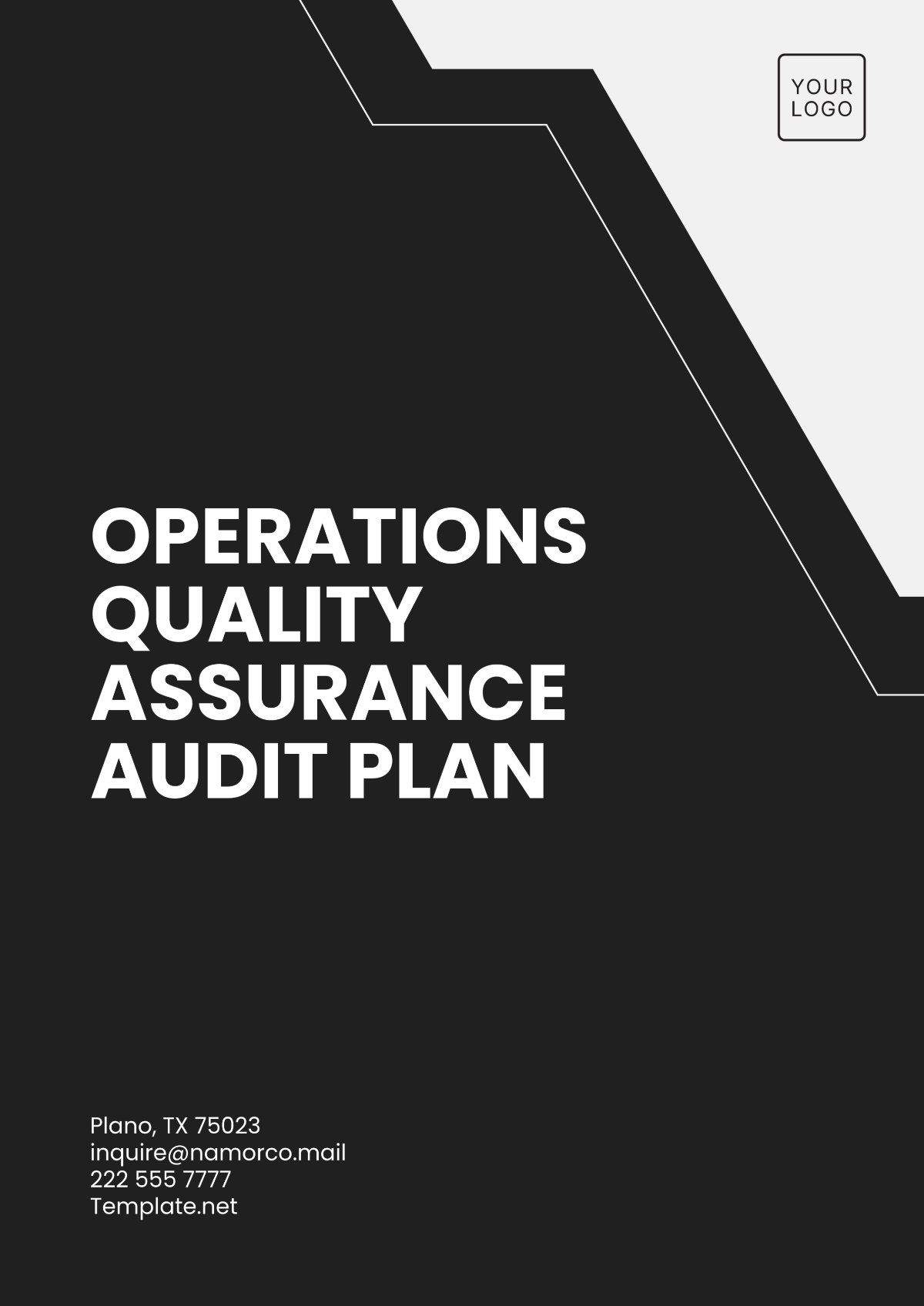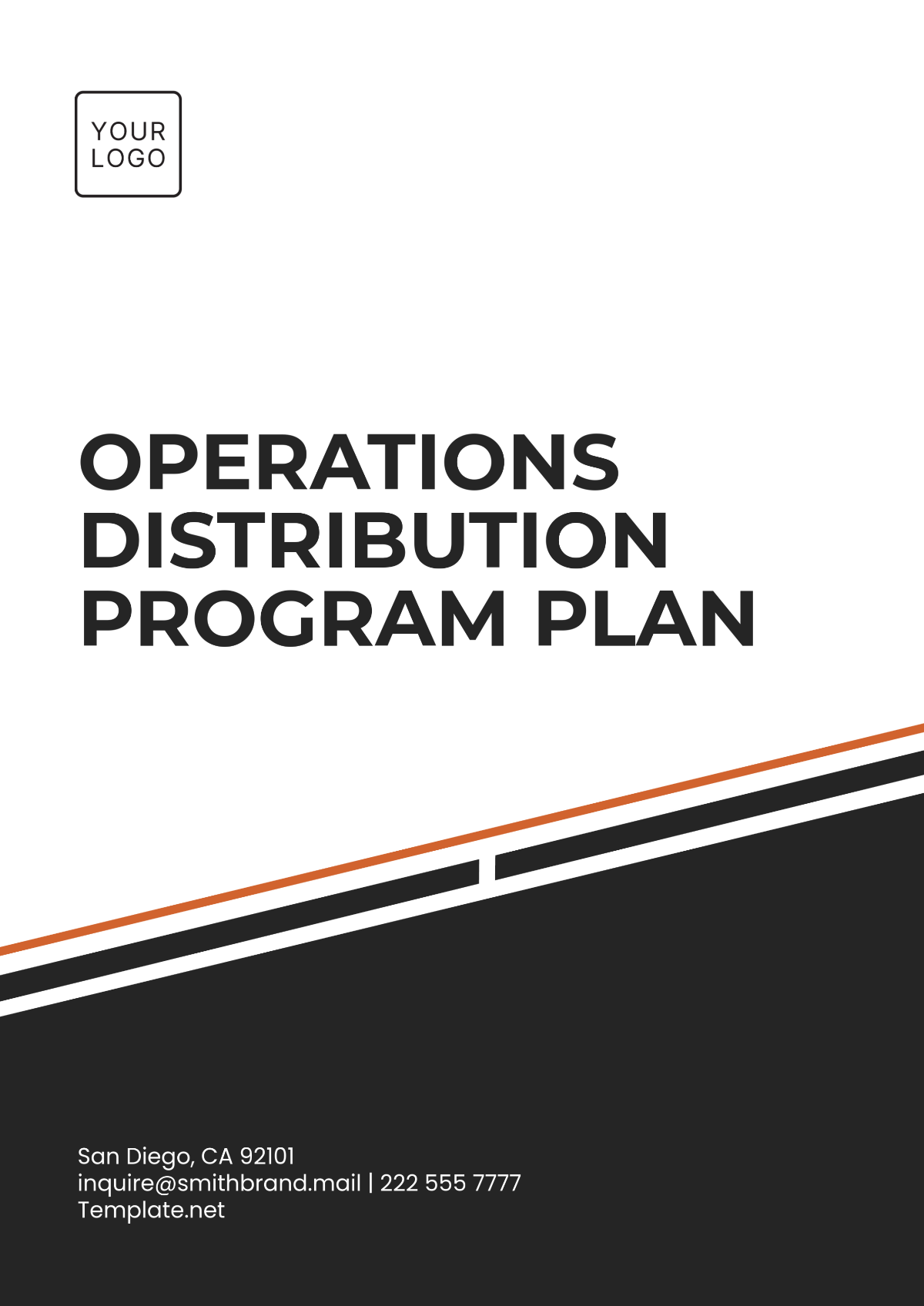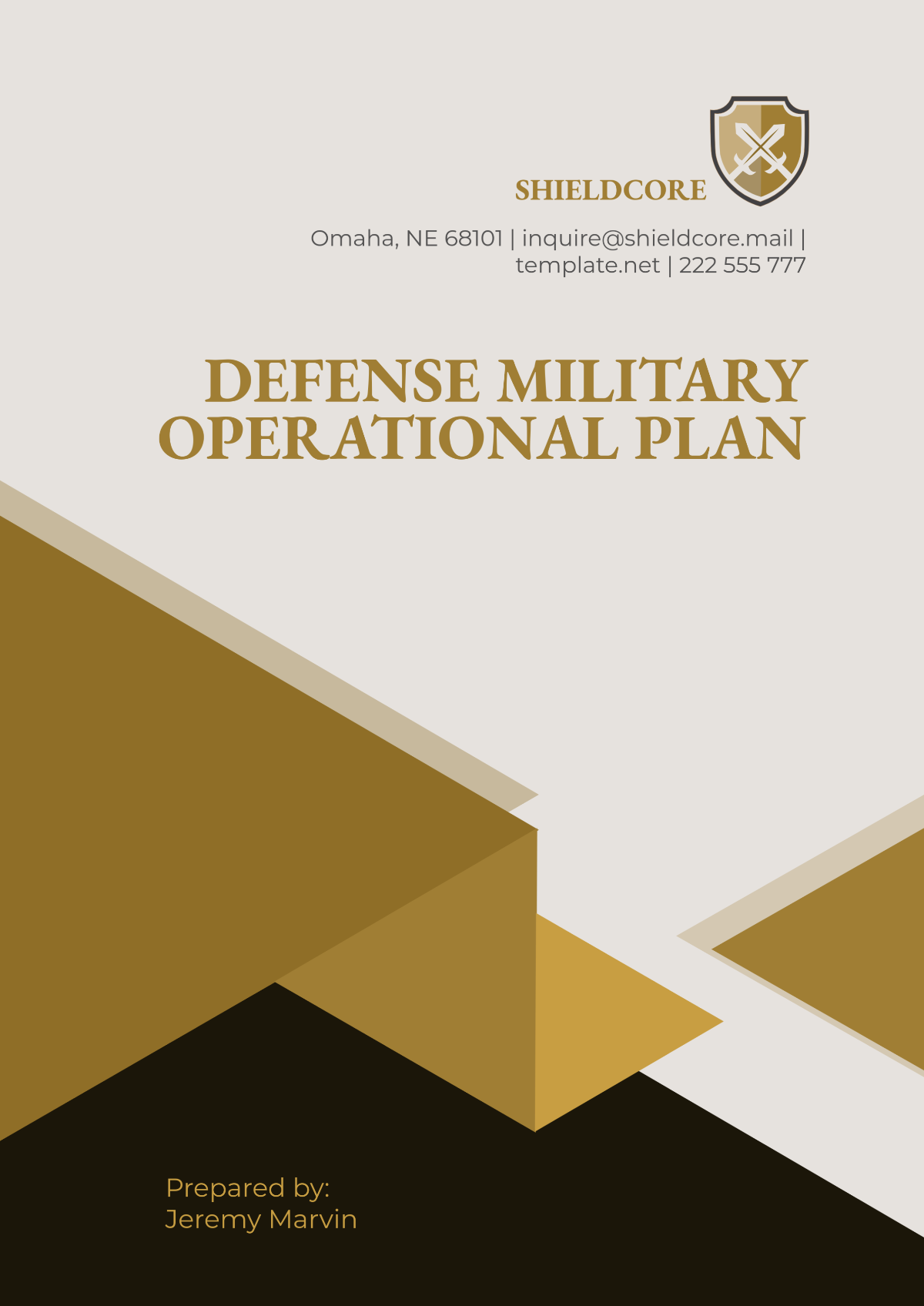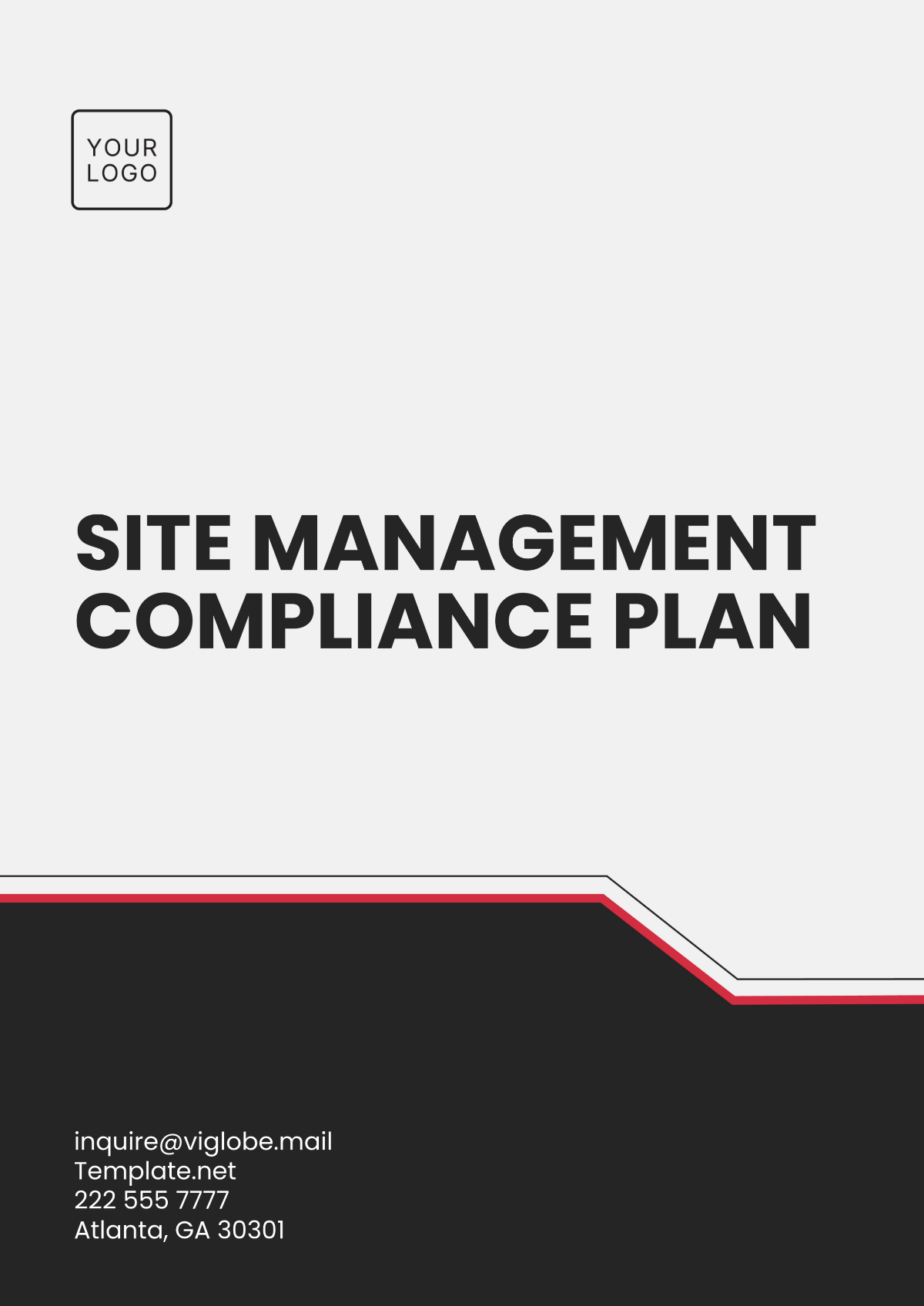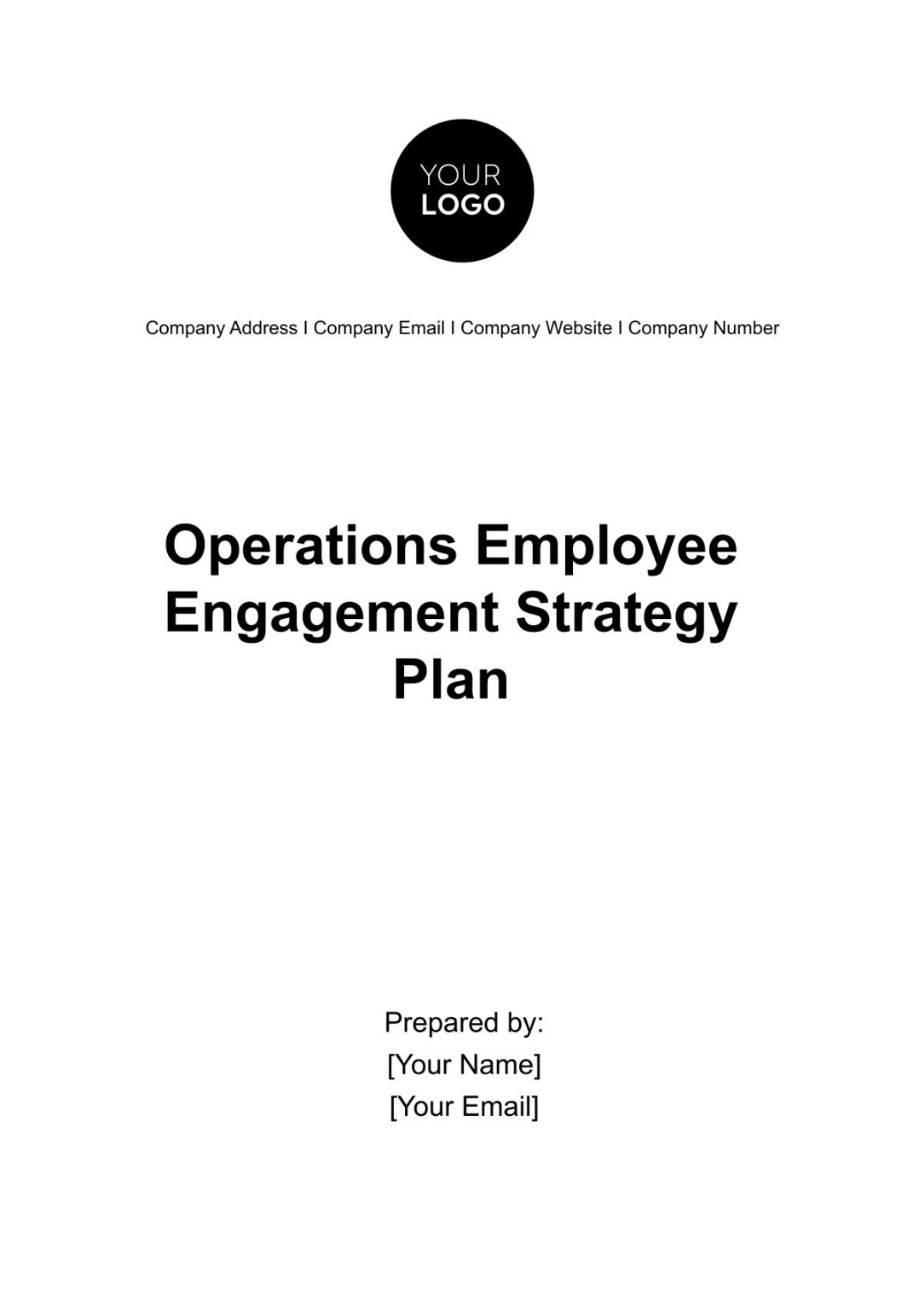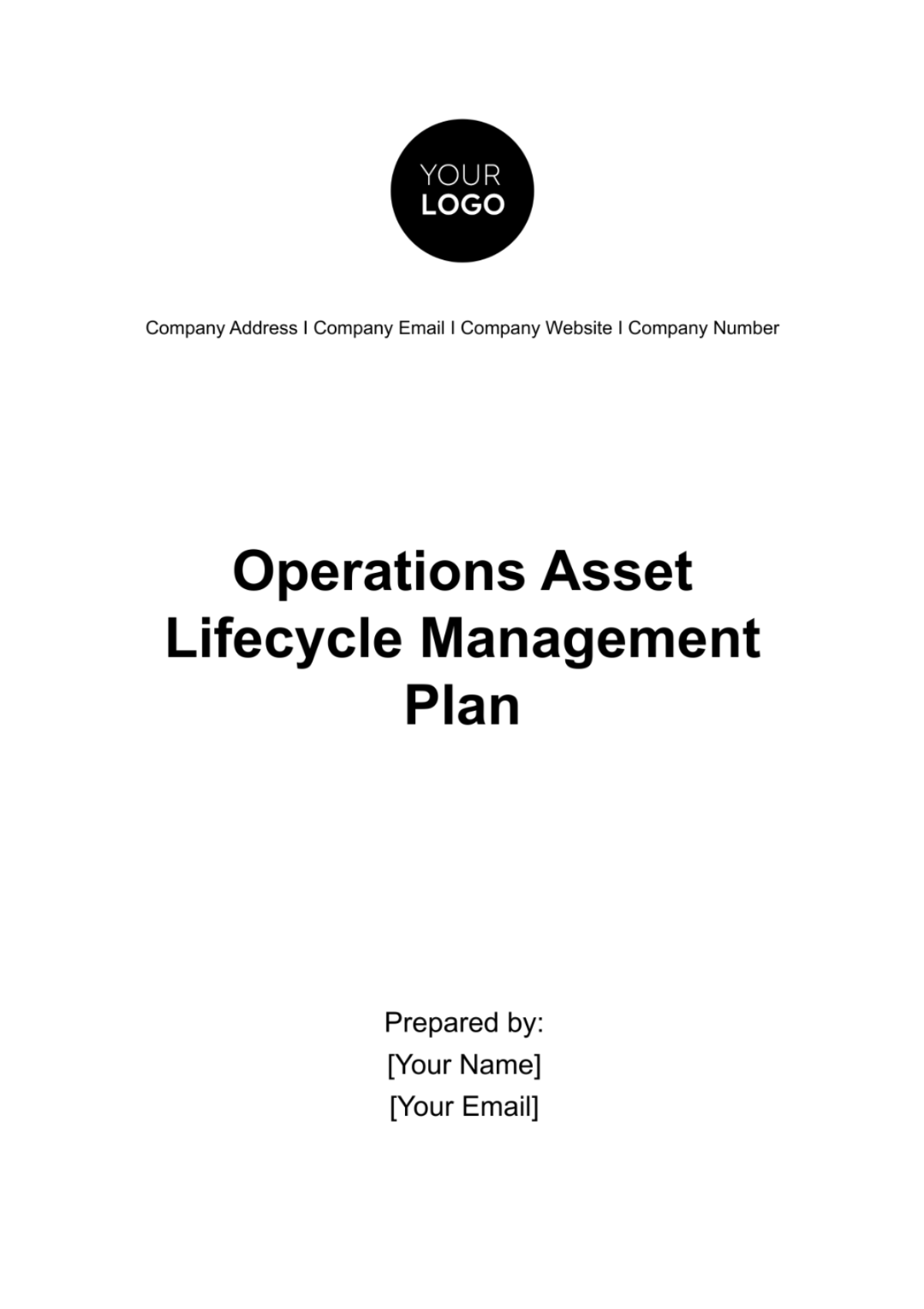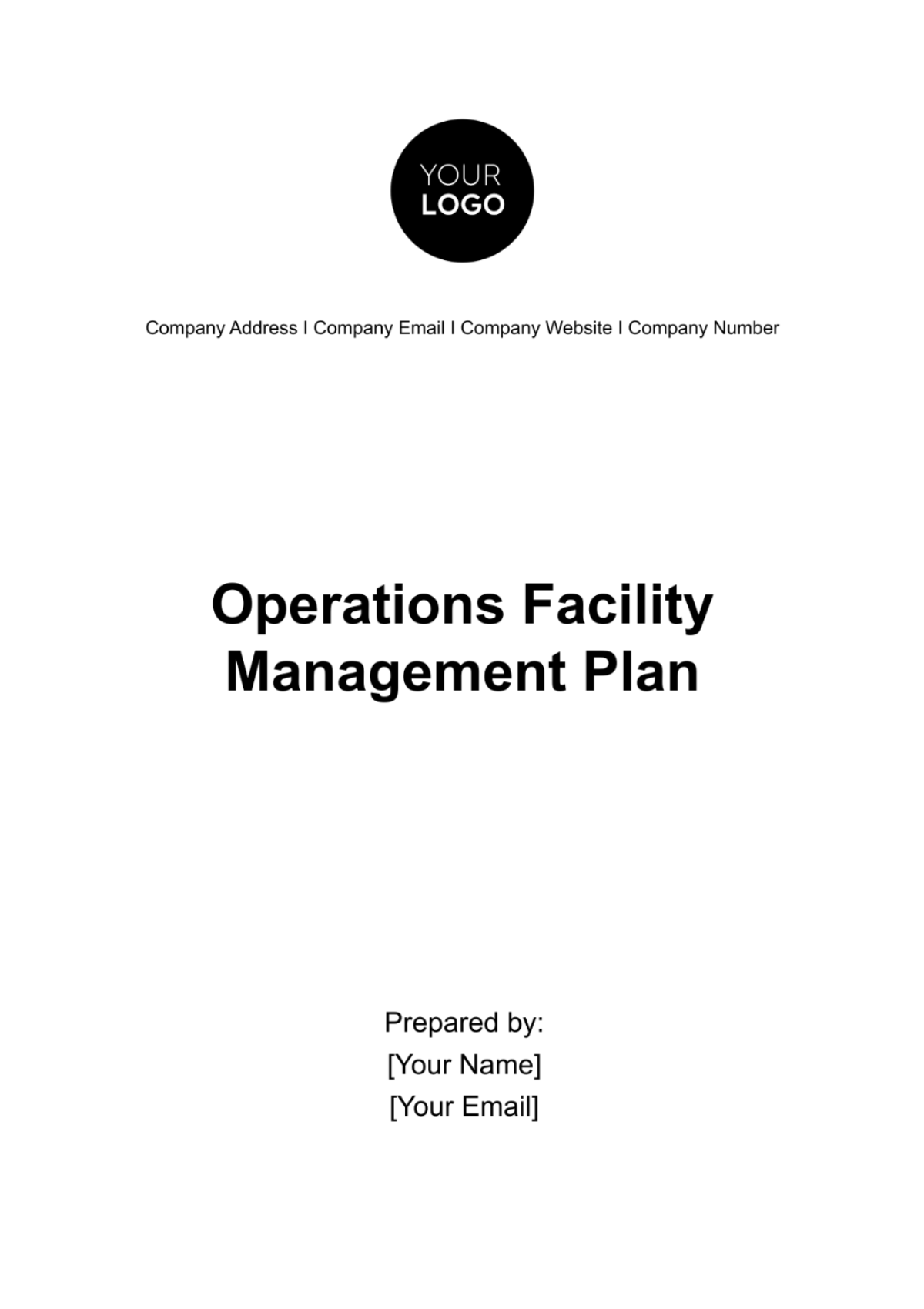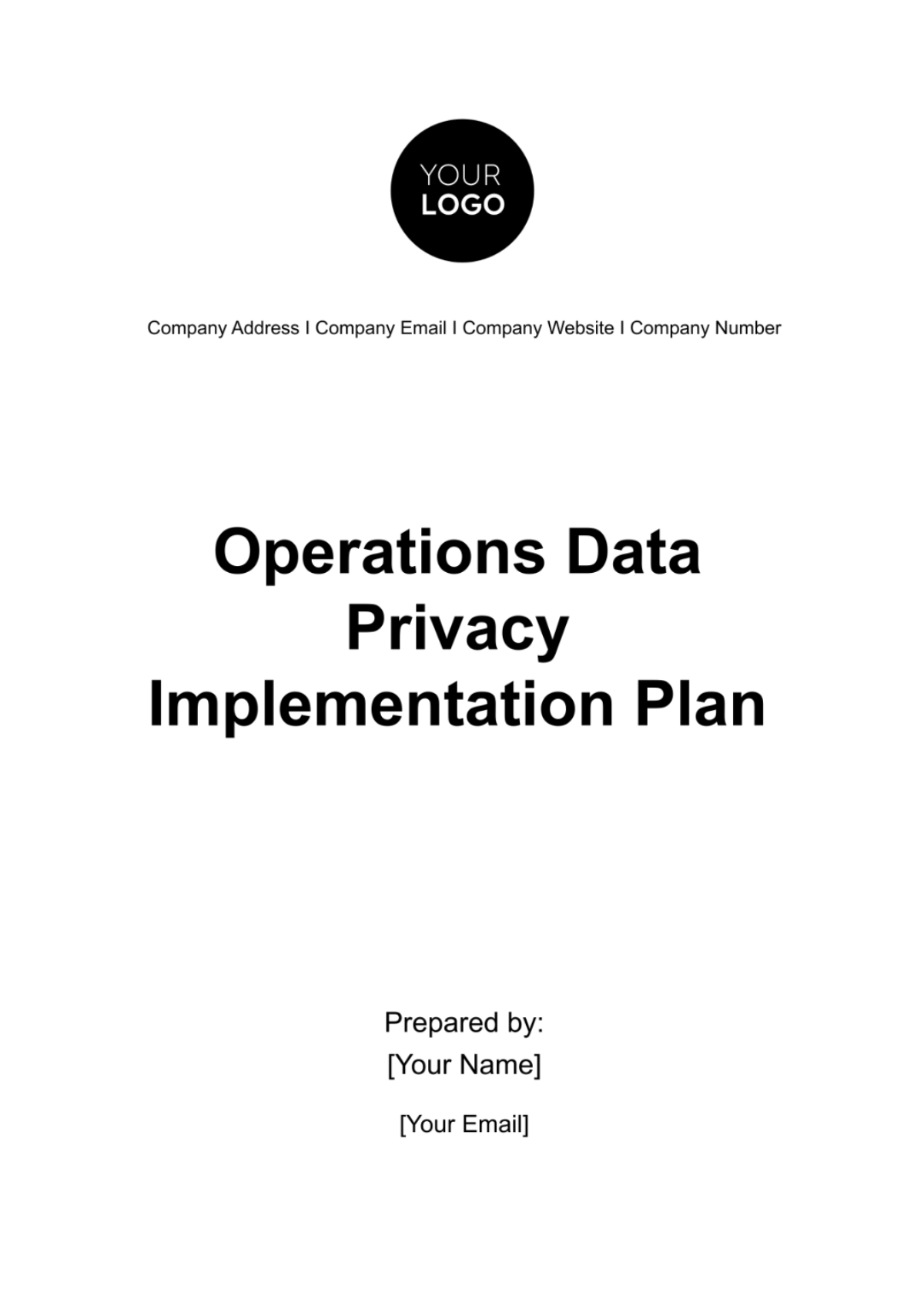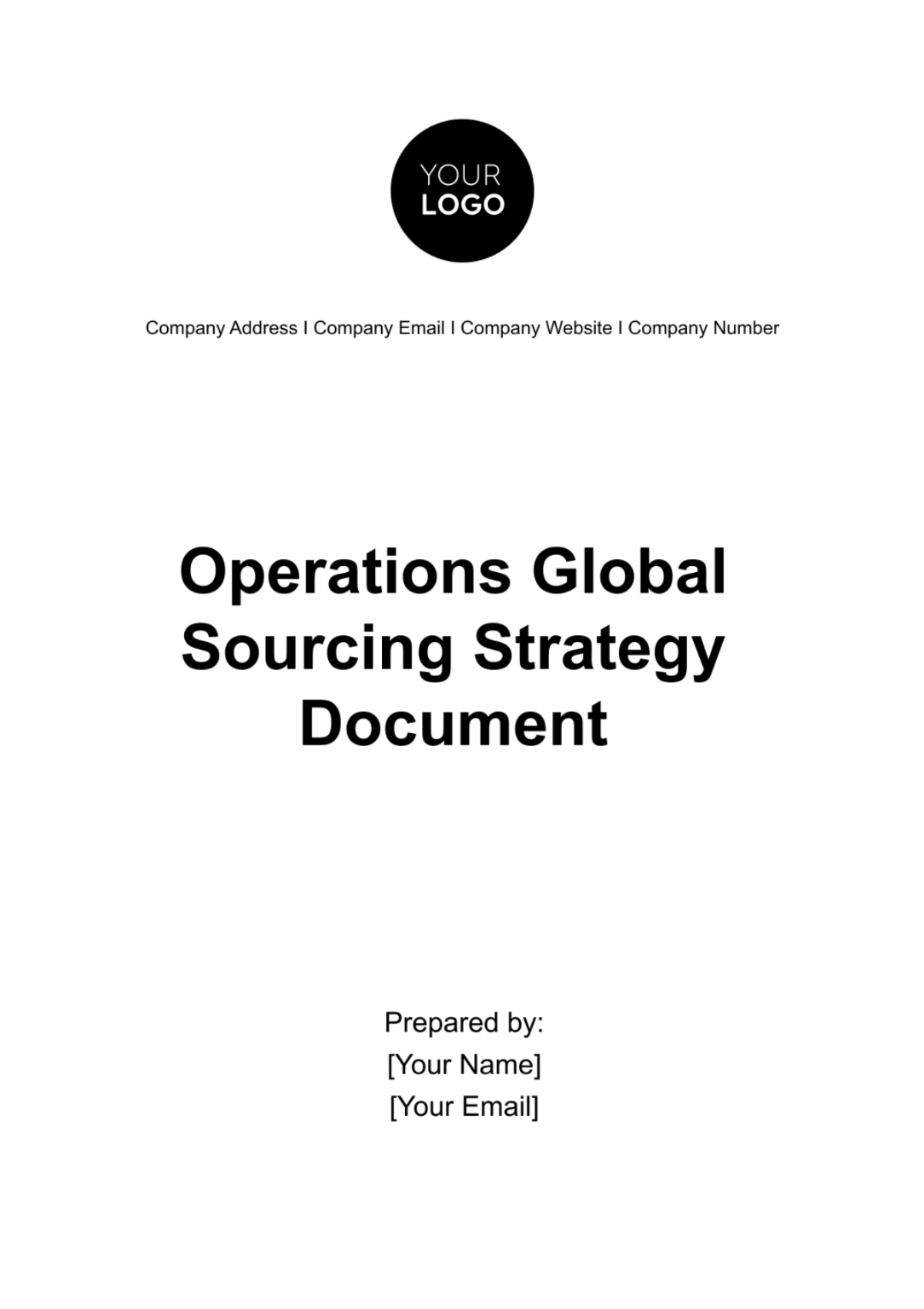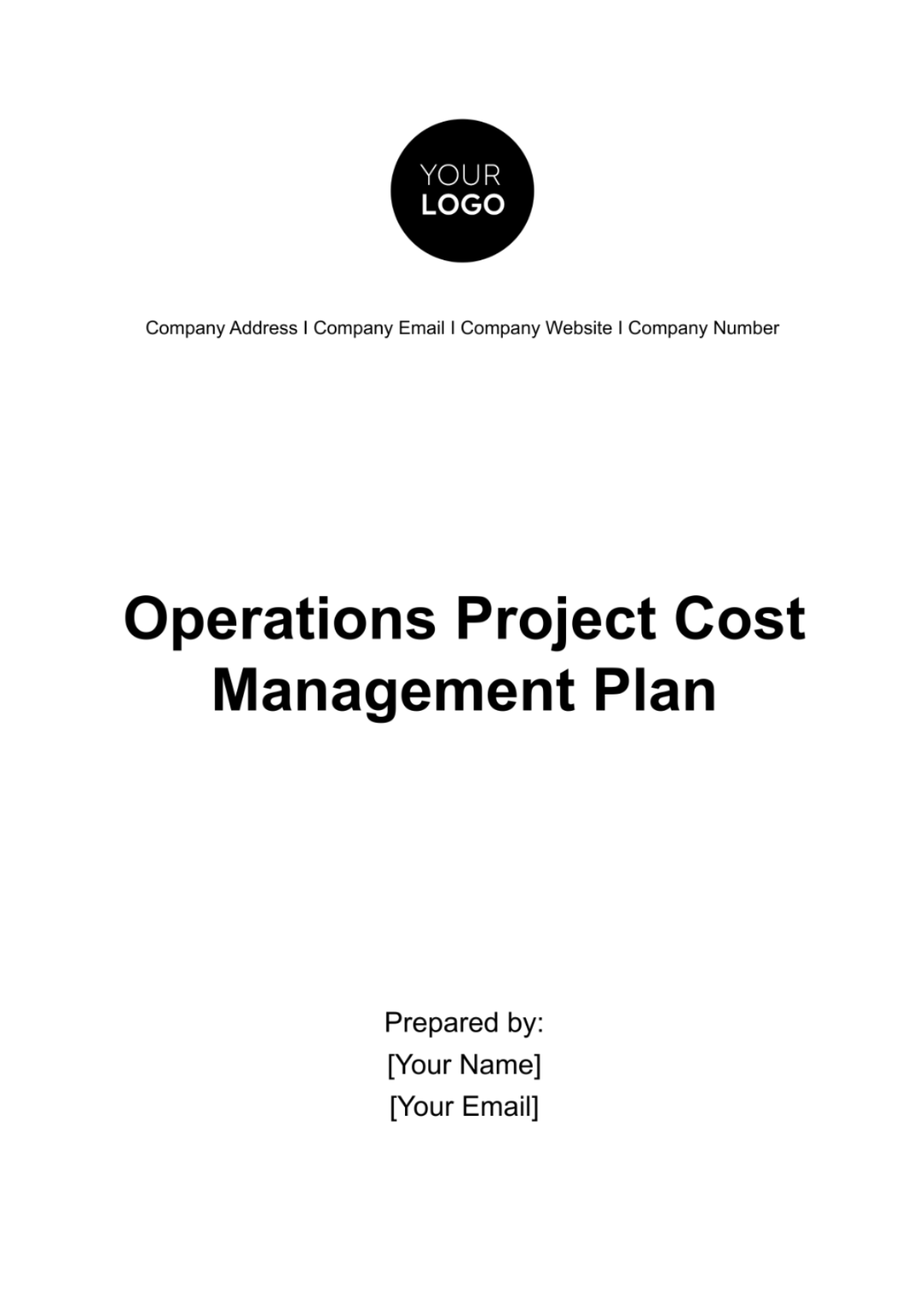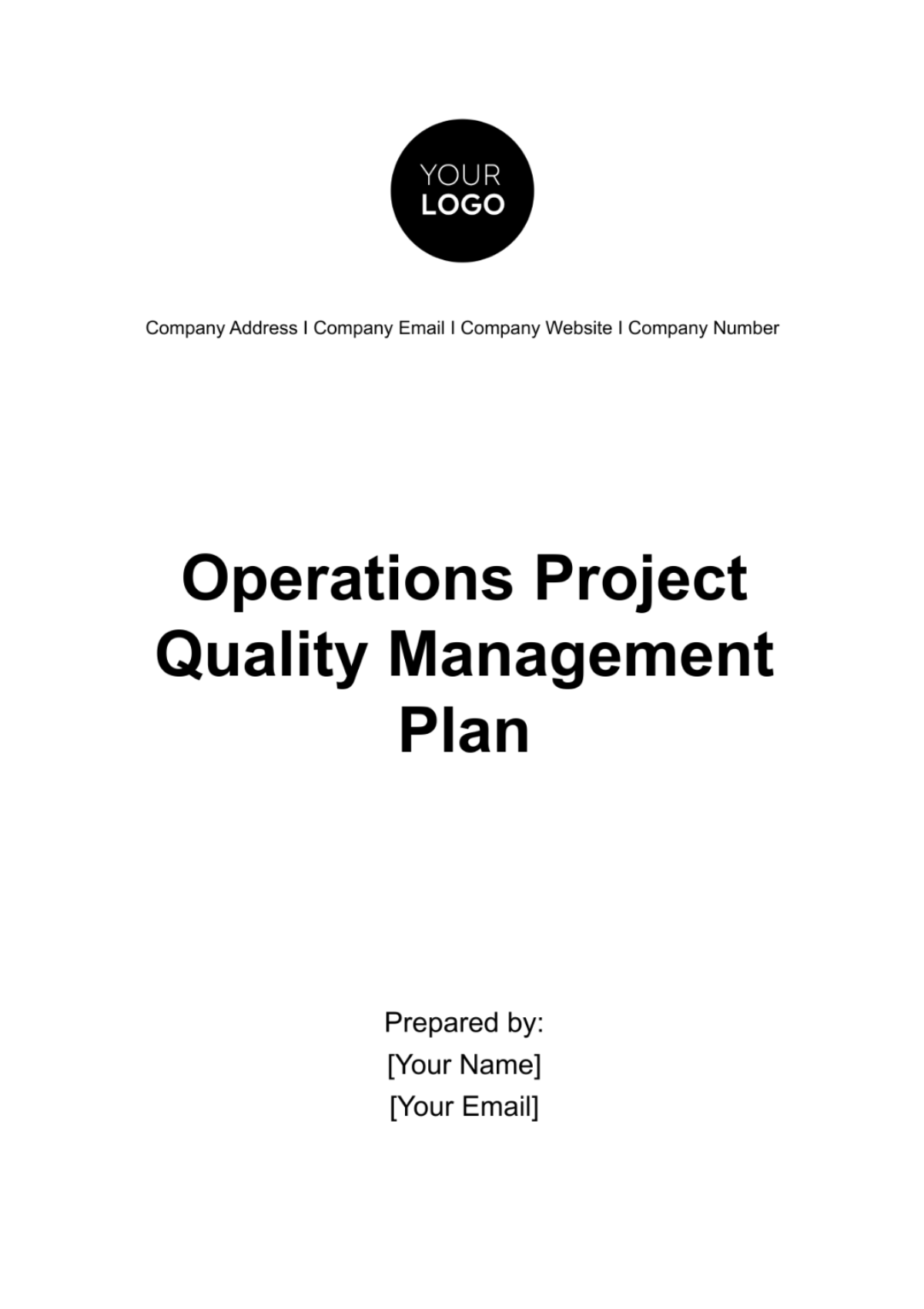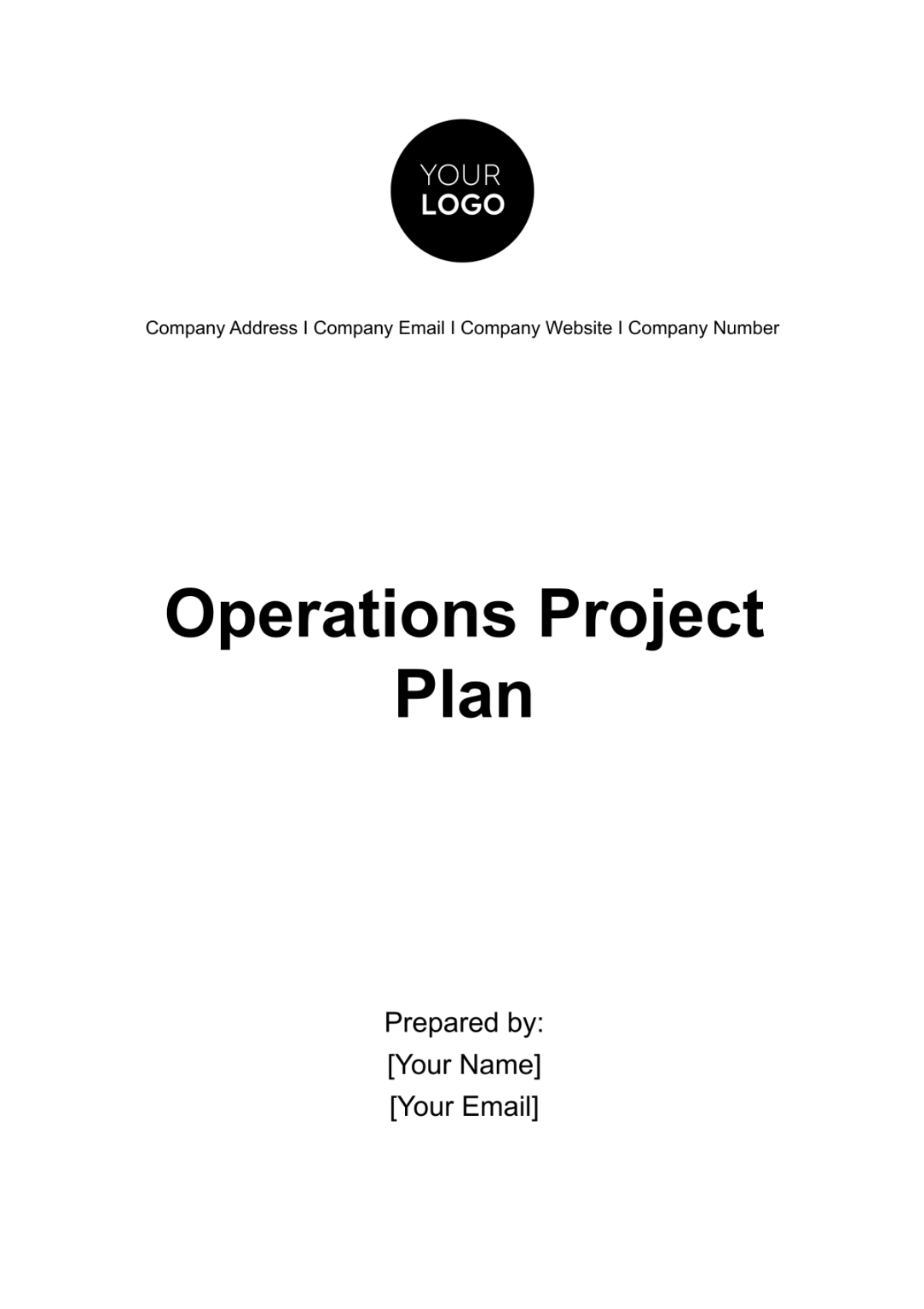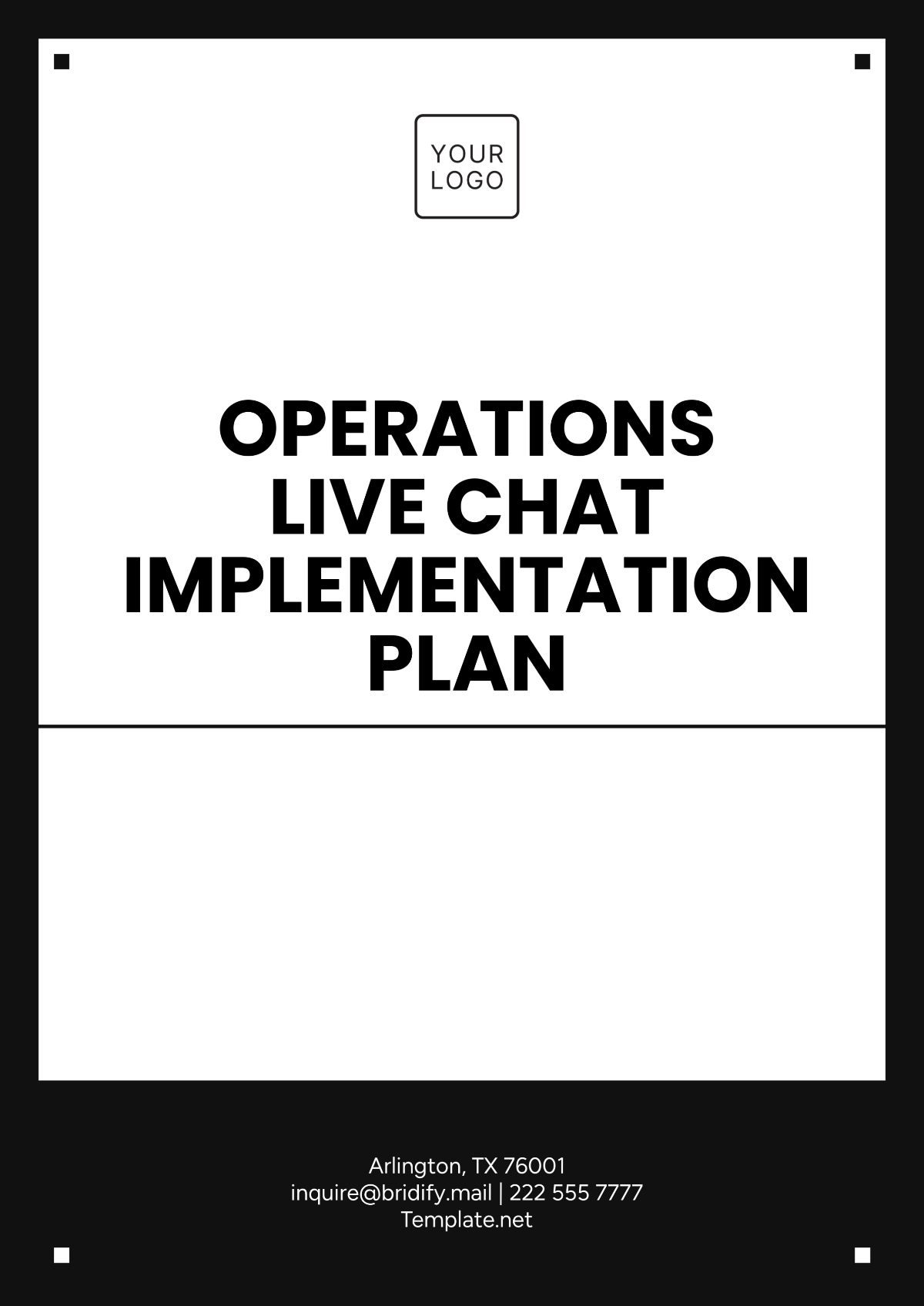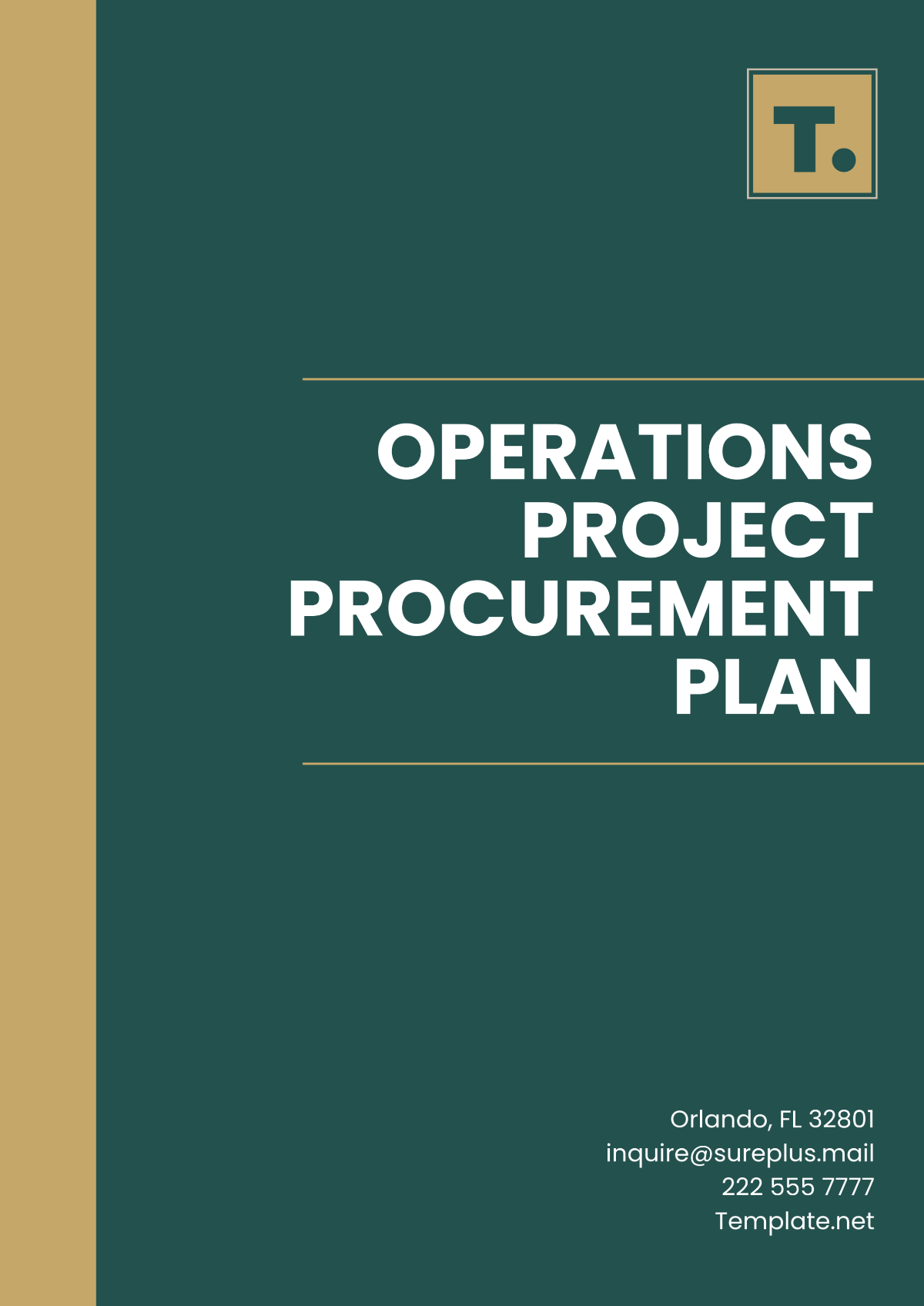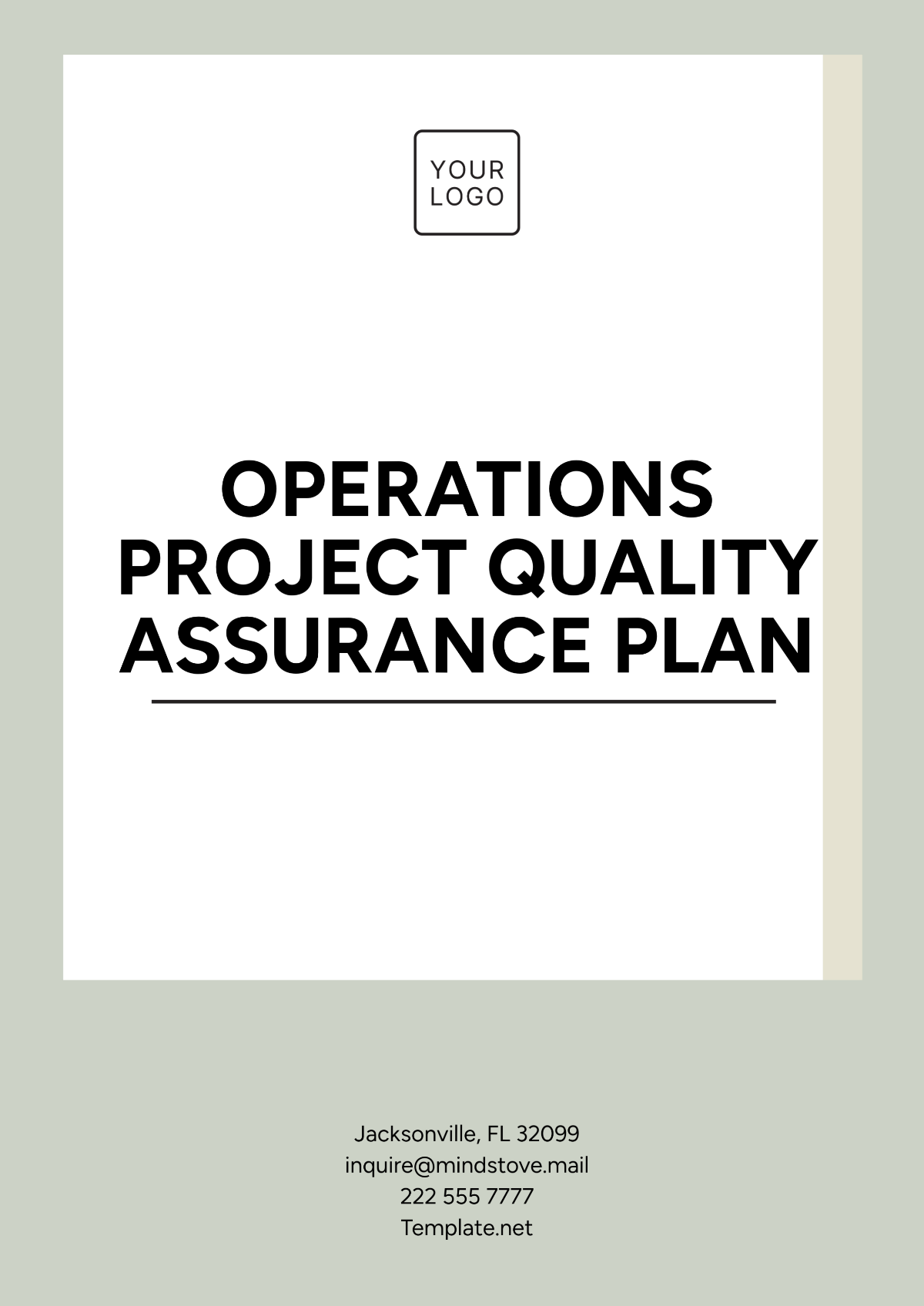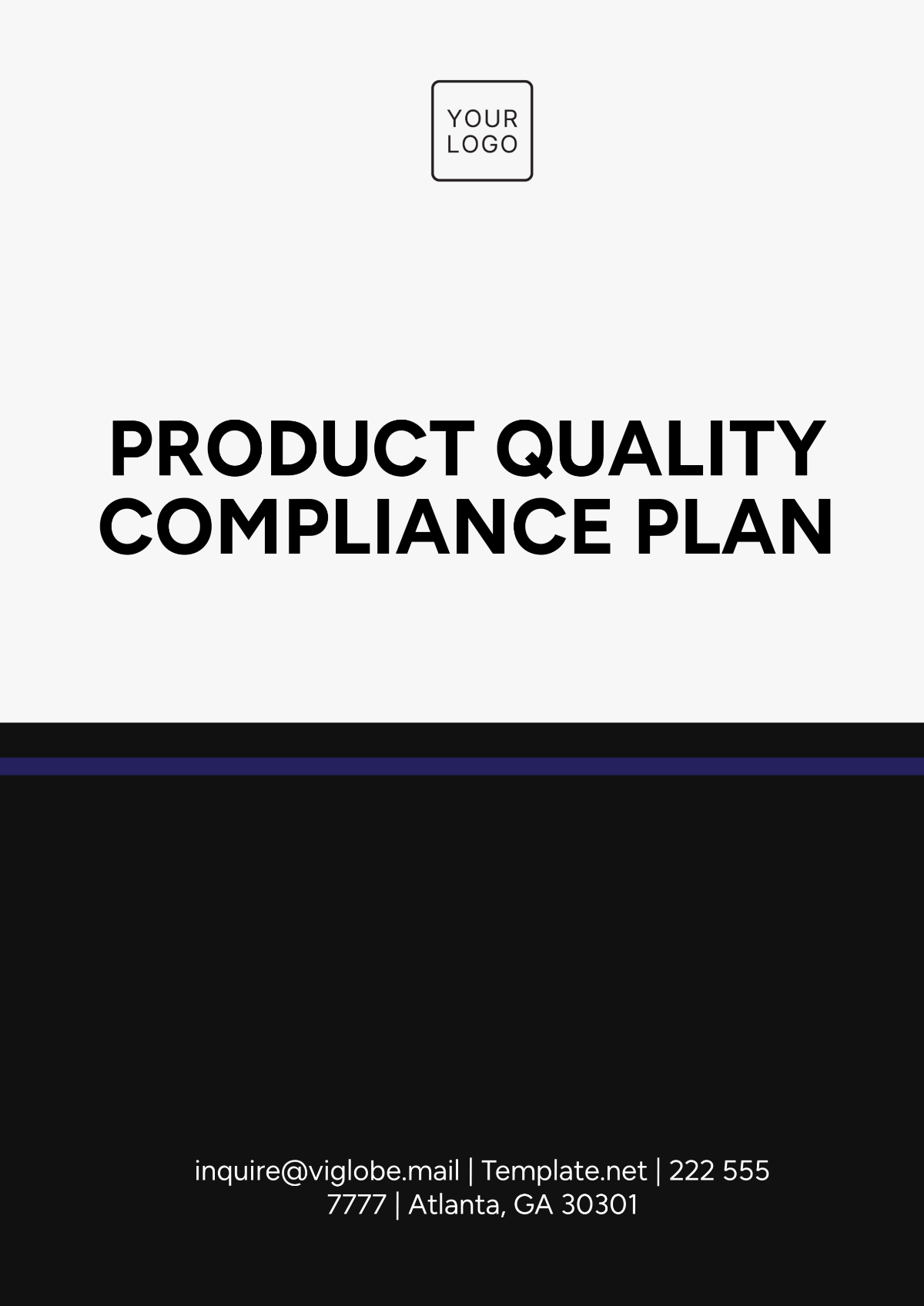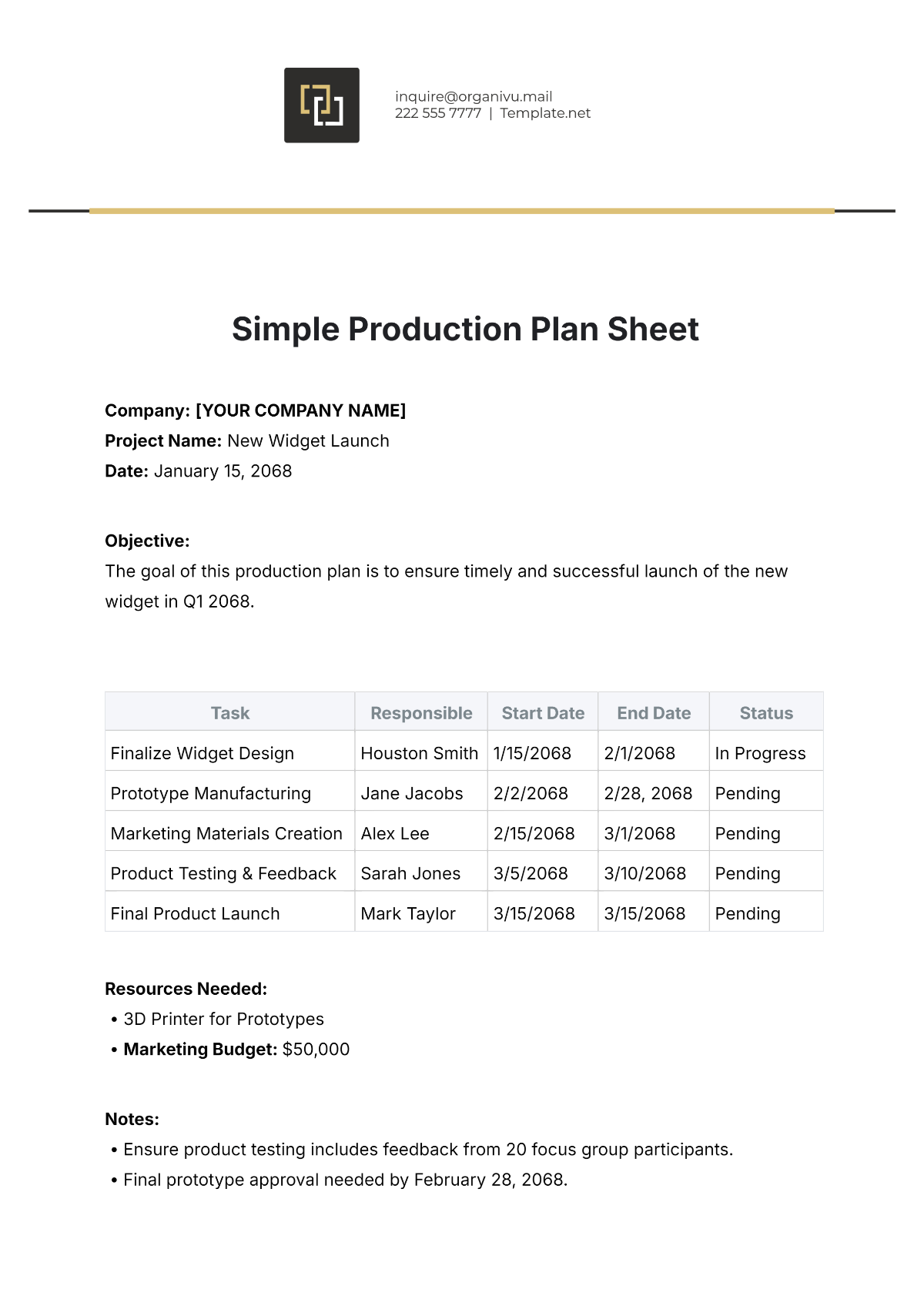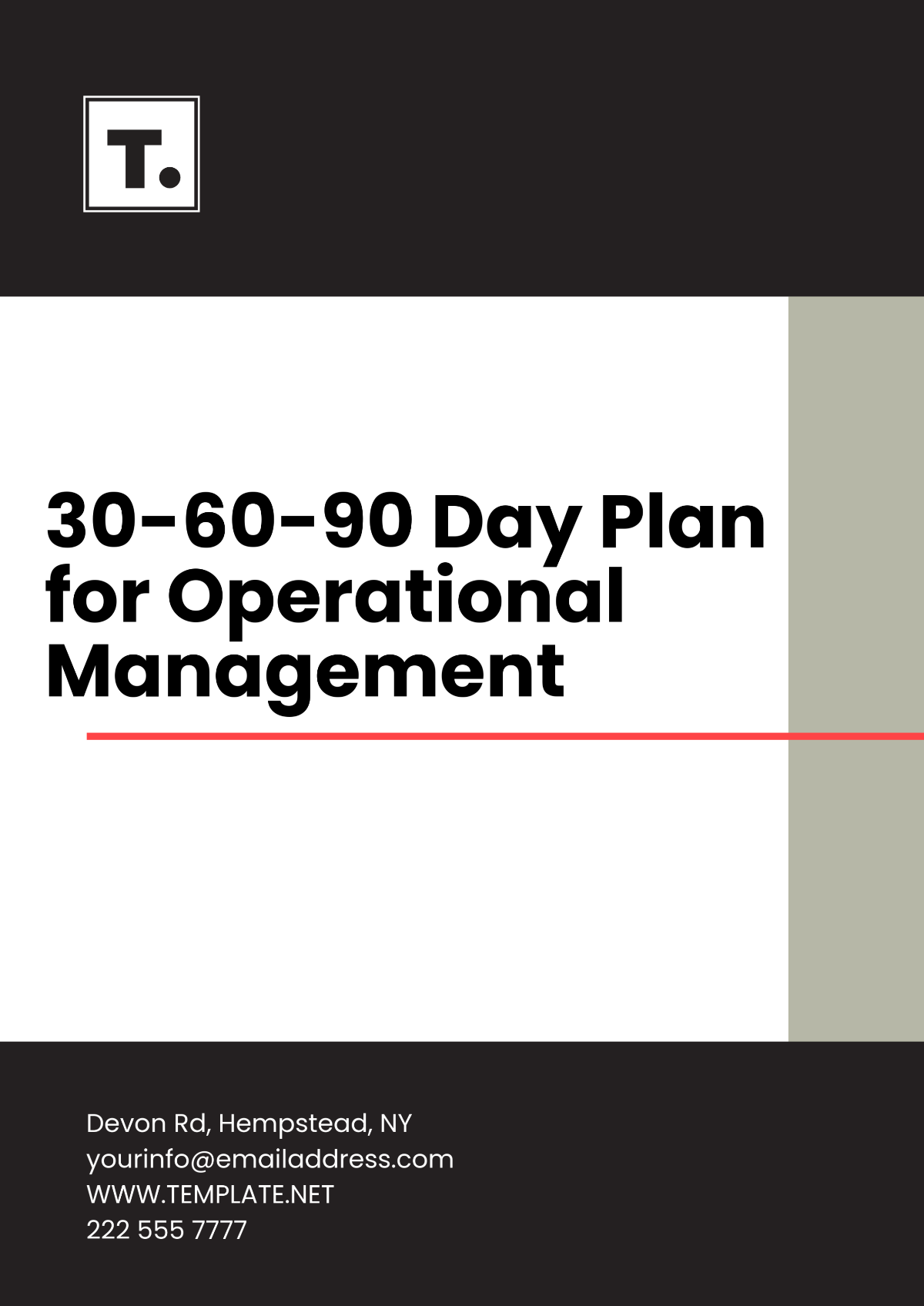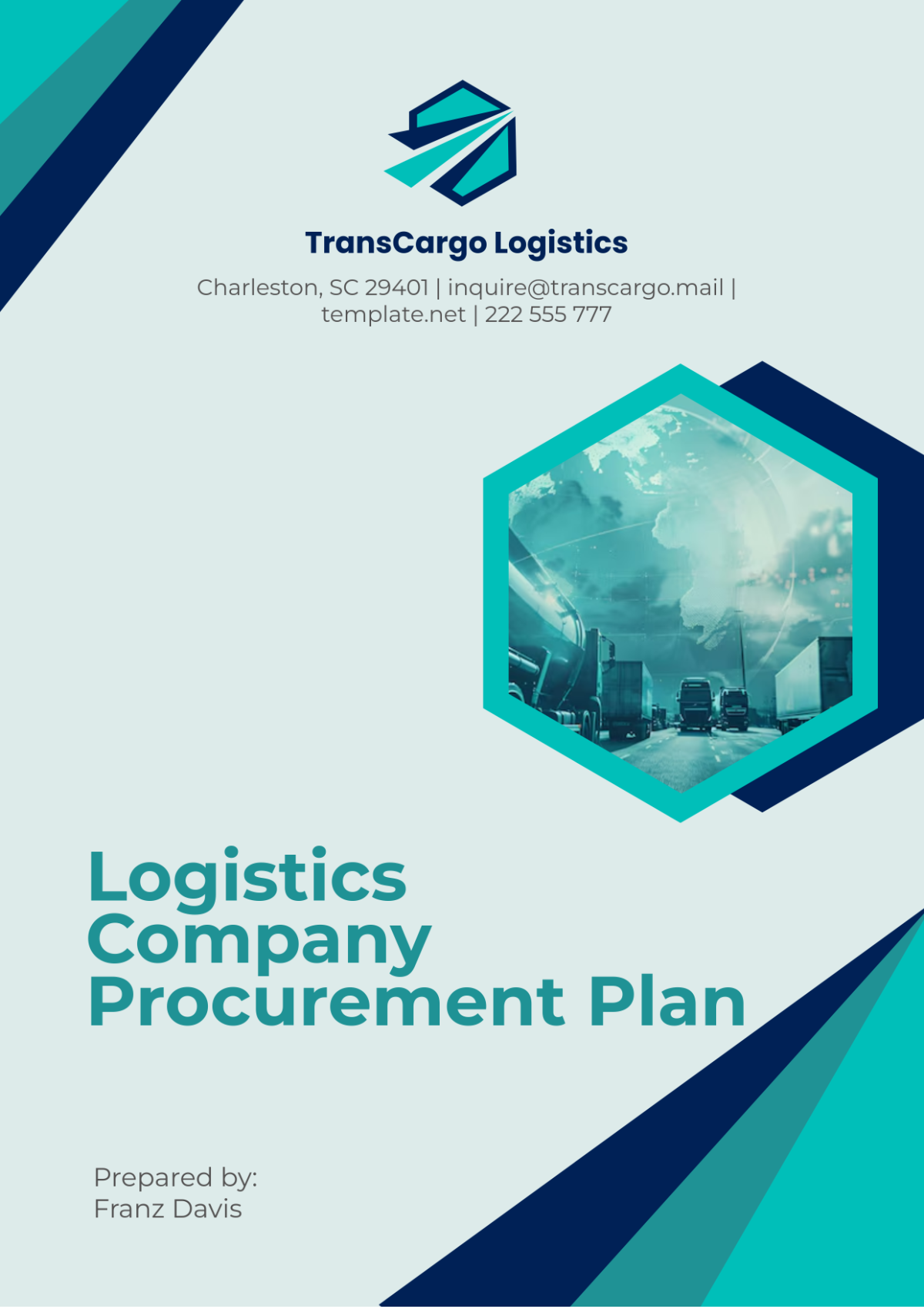I. Introduction
An effective Administration Document Management Plan stands as a cornerstone for achieving unparalleled operational efficiency and continuity. This document is carefully designed to outline strategic initiatives and core methodologies pivotal for the impeccable management of business documents. By ensuring the meticulous storage, control, and maintenance of business documents, this plan propels a seamless operational workflow, safeguarding the robustness of business processes across various industries.
II. Objectives
These objectives are instrumental in transforming the document management process, thereby catalyzing a more streamlined, secure, and compliant organizational environment. By emphasizing efficiency, responsiveness, security, and regulatory adherence, this plan is poised to elevate the operational framework to unprecedented levels of excellence.
Streamlining Document Management Processes: Central to our mission, this objective focuses on refining the document lifecycle management, from creation to disposal. By simplifying procedures, we aim to enhance accessibility and minimize complexities, ensuring a smooth operational flow.
Optimizing Operational Efficiency: Through the strategic overhaul of document handling procedures, we target a significant uplift in productivity. This entails the adoption of cutting-edge technologies and methodologies to facilitate swift document processing and retrieval.
Reducing Document Retrieval Times: A cornerstone of our objectives, we are committed to drastically minimizing the time required to access documents. Implementing advanced indexing and search functionalities will ensure that documents are readily available, thus accelerating decision-making and responsiveness.
Ensuring Robust Document Security: Protecting sensitive information is paramount. Our plan includes rigorous security protocols, encryption standards, and access controls to safeguard against data breaches, ensuring that confidential documents remain secure from unauthorized access.
Upholding Regulatory Compliance: Compliance with legal and industry standards is non-negotiable. Our approach includes regular audits, compliance checks, and updates to document management practices to stay aligned with evolving regulations, thus mitigating risks and ensuring integrity.
III. Document Categorization and Indexing Plan
Our Document Categorization and Indexing Plan is a sophisticated framework designed to achieve this, employing a multi-faceted approach that ensures each document is precisely categorized and readily accessible. By leveraging criteria such as document type, departmental classification, chronological order, status, and sensitivity level, we establish a robust structure that underpins our entire document management strategy.
Document Type Classification: Each document is classified according to its nature, such as contracts, invoices, and receipts. This allows for quick identification and ensures that documents follow the correct processing and retention protocols specific to their type.
Departmental Categorization: Documents are also sorted based on the department to which they belong, such as Finance, HR, or Marketing. This categorization streamlines department-specific access and management of documents, enhancing departmental efficiency.
Chronological Ordering: Organizing documents by their dates facilitates time-based retrieval and historical analysis. It aids in maintaining a chronological timeline of business operations, making it easier to locate documents within a specific timeframe.
Status Differentiation: Differentiating documents by their active or archived status helps in managing the lifecycle of documents effectively. Active documents are readily accessible for ongoing operations, while archived documents are stored securely for compliance and historical reference.
Sensitivity Level Assessment: Assigning sensitivity levels (Confidential, Normal, Public) to documents governs who can access them based on their clearance level, ensuring that sensitive information is adequately protected from unauthorized access.
IV. Document Control and Tracking
The backbone of a seamless and secure document management system is its ability to oversee and monitor document flow precisely. Our Document Control and Tracking framework is designed with cutting-edge technology to ensure every document is accurately tracked through its lifecycle. This comprehensive system is the guardian of document integrity, offering features that maintain version control, access history, edit management, real-time status updates, and lifecycle notifications. This plan is pivotal in fortifying the management and security of our documentation.
Versioning Control: Our system meticulously tracks every revision made to a document, ensuring that the latest version is always available while retaining the history of previous versions. This feature is crucial for maintaining the integrity and audit trail of documents.
Access Record Monitoring: By keeping a detailed record of who accessed a document and when, we bolster our security measures and provide accountability. This insight is invaluable for auditing purposes and safeguarding sensitive information.
Check-in and Check-out System: To manage document edits efficiently, our system employs a check-in and check-out mechanism. This prevents simultaneous edits, reducing conflicts and ensuring document accuracy.
Real-time Document Status Updates: Our dynamic system provides instant updates on the status of documents, whether they are in review, approved, or awaiting action. This real-time visibility enhances collaboration and decision-making processes.
Document Expiration Notifications: To manage the document lifecycle effectively, our system sends timely notifications about document expirations. This feature assists in keeping our documentation current and compliant with retention policies.
V. Document Storage and Security
Our Document Storage and Security strategy is meticulously engineered to provide an impenetrable fortress for our business documents. By deploying an encrypted, role-based document storage and delivery system, we guarantee secure and selective access, underpinned by a comprehensive suite of physical and electronic measures designed to thwart unauthorized access, prevent loss, and protect against damage. This proactive approach ensures our data's integrity and confidentiality, reflecting our unwavering commitment to security and trust.
A. Encrypted, Role-Based Access
At the heart of our security strategy lies the encrypted, role-based access system. This ensures that documents can only be accessed by individuals with the appropriate permissions, tailored to their specific role within the organization. Encryption of data, both at rest and in transit, further bolsters our defense against potential breaches, providing a secure environment for our sensitive information.
Feature | Description | Implementation Details |
|---|---|---|
Encryption | Ensures data is unreadable to unauthorized users. | Applied to data at rest (stored data) and in transit (data being transferred). Uses AES 256-bit encryption. |
Role-Based Access Control (RBAC) | Access to documents is based on the user's role within the organization. | Roles defined based on job functions with specific permissions to view, edit, or delete documents. |
Authentication | Verifies the identity of users before granting access. | Multi-factor authentication (MFA) including passwords, biometrics, or security tokens. |
Authorization | Grants access to resources based on authenticated user roles. | Permissions set at the document level, ensuring users can only access documents relevant to their role. |
B. Physical Security Measures
Recognizing the importance of physical security, we implement robust measures to protect our physical storage locations. This includes secure access controls, surveillance systems, and environmental protections against fire, water damage, and other physical threats. These measures ensure that our documents remain safe from tangible risks, maintaining their integrity and availability.
Measure | Description | Implementation Details |
|---|---|---|
Secure Access Controls | Regulates entry to physical storage locations. | Use of key cards, biometric scanners, or PIN codes for entry. Logs of entry and exit are maintained. |
Surveillance Systems | Monitors physical storage areas to prevent unauthorized access. | CCTV cameras installed at strategic locations, with 24/7 monitoring and recording. |
Environmental Protections | Protects against environmental risks like fire, water damage, and extreme temperatures. | Fire suppression systems, waterproof safes, and climate-controlled storage environments. |
C. Electronic Safeguards
In complement to physical security, our electronic safeguards are designed to protect against cyber threats. This includes firewalls, intrusion detection systems, and regular security audits. By staying ahead of emerging security challenges, we maintain a vigilant defense against malware, ransomware, and unauthorized access attempts, ensuring our digital documents are safeguarded with the highest level of security.
Feature | Description | Implementation Details |
|---|---|---|
Firewalls | Blocks unauthorized access to the network. | Stateful inspection or next-generation firewalls to monitor and filter incoming and outgoing traffic. |
Intrusion Detection Systems (IDS) | Detects unauthorized access attempts. | Network-based (NIDS) and host-based (HIDS) systems for comprehensive coverage. Alerts are generated for suspicious activities. |
Security Audits | Regularly evaluates the security posture. | Conducted both internally and externally to assess vulnerabilities and compliance with security policies. Includes penetration testing and vulnerability scanning. |
Anti-Malware | Protects against malware, including ransomware. | Real-time scanning of files and emails, with automatic updates to address new threats. |
VI. Regulatory Compliance
Our document management system is meticulously aligned with international standards like ISO 9001, embedding a culture of continuous improvement and operational excellence. Through regular auditing, robust data protection, and privacy protocols, alongside stringent document retention and disposal practices, we not only adhere to regulatory requirements but also champion best practices in compliance management. This disciplined approach ensures our operations are not just compliant, but also resilient and trustworthy.
A. International Standards Alignment
Our system is meticulously calibrated to meet the rigorous requirements of ISO 9001, focusing on quality management systems. This alignment ensures our processes are efficient, continually improving, and customer-focused, setting a benchmark for operational excellence.
Standard | Purpose | Implementation Details |
|---|---|---|
ISO 9001 | To ensure quality management systems are efficient, effective, and continuously improving. | Regular internal and external audits, process standardization, and continuous improvement programs to align with ISO 9001 requirements. |
ISO 27001 | To secure information management systems. | Implementation of an Information Security Management System (ISMS), risk assessments, and security controls tailored to protect data integrity, confidentiality, and availability. |
Industry-Specific Regulations | To comply with sector-specific regulatory requirements. | Adapting processes and systems to meet the unique compliance demands of industries such as finance (e.g., SOX, FINRA), healthcare (e.g., HIPAA), and others. |
B. Data Protection and Privacy
At the core of our compliance strategy is a steadfast commitment to data protection and privacy. Implementing advanced security measures and privacy policies, we safeguard sensitive information against breaches, ensuring compliance with GDPR, CCPA, and other global data protection regulations.
Regulation | Purpose | Implementation Details |
|---|---|---|
General Data Protection Regulation (GDPR) | To protect the privacy and personal data of EU citizens. | Data processing records, consent management, Data Protection Impact Assessments (DPIAs), and appointment of a Data Protection Officer (DPO). |
California Consumer Privacy Act (CCPA) | To enhance privacy rights and consumer protection for residents of California, USA. | Consumer rights to access, deletion, and opt-out of selling personal information are upheld with clear policies and procedures. |
Other Global Data Protection Regulations | To comply with international data protection laws. | Implementing global privacy standards that can adapt to various jurisdictions, including necessary adjustments for cross-border data transfer and local privacy laws. |
C. Document Retention and Disposal
Our document lifecycle management protocols are designed to comply with legal and regulatory requirements for document retention and secure disposal. By establishing clear guidelines for how long documents should be retained and the methods for their secure destruction, we mitigate risks associated with data breaches, legal penalties, and reputational damage.
Requirement | Purpose | Implementation Details |
|---|---|---|
Document Retention Schedule | To define how long each type of document should be retained. | Establishing clear retention periods based on legal, regulatory, and operational requirements. |
Secure Disposal Methods | To ensure secure and compliant disposal of documents. | Procedures for secure shredding, deletion, or destruction of documents and digital data after the retention period has expired. |
Audit Trails for Document Lifecycle | To track the handling, retention, and disposal of documents. | Maintaining comprehensive audit trails that document the lifecycle of each piece of information, ensuring transparency and accountability in compliance practices. |
VII. Training Program
To empower our workforce with the proficiency required for optimal document management, we are introducing an expansive Training Program designed to cover all facets of our document management system. This initiative is crucial for fostering an environment where every employee is equipped with the knowledge and skills to manage documents efficiently, securely, and in compliance with regulatory standards. Through this program, we aim to underscore the significance of document management, enhance system navigation skills, clarify roles and responsibilities, instill best practices in document security, and familiarize staff with the handling protocols for different document types.
A. Importance of Document Management
Module | Objectives | Content Overview |
|---|---|---|
Introduction to Document Management | To understand the significance and benefits of document management. | Overview of document management, its impact on business efficiency, security, and compliance. |
Legal and Compliance Aspects | To comprehend the legal obligations and compliance requirements related to document management. | Detailed insights into regulations affecting document handling, storage, and destruction. |
B. System Navigation
Module | Objectives | Content Overview |
|---|---|---|
System Overview | To familiarize employees with the document management system's interface and features. | Interactive walkthrough of the system, highlighting key functionalities and navigation tips. |
Advanced Features | To master advanced system functionalities for efficient document handling. | Training on advanced search, version control, and document linking features within the system. |
C. Roles and Responsibilities
Module | Objectives | Content Overview |
|---|---|---|
Role-Specific Training | To define and clarify the document management responsibilities of various roles. | Customized sessions outlining the responsibilities and expected document management practices for different roles. |
Accountability and Ethics | To instill a sense of responsibility and ethical considerations in document handling. | Discussions on the ethical implications and accountability in managing business documents. |
D. Document Security Practices
Module | Objectives | Content Overview |
|---|---|---|
Security Fundamentals | To educate on the principles of document security. | Comprehensive coverage of encryption, access controls, and other security measures. |
Preventing Data Breaches | To equip employees with the knowledge to prevent unauthorized access and data breaches. | Strategies for identifying and mitigating risks associated with document management and storage. |
E. Handling Different Document Types
Module | Objectives | Content Overview |
|---|---|---|
Document Types and Protocols | To understand the handling protocols for various document types. | Detailed guidelines on managing contracts, financial records, personal data, etc., according to their sensitivity and importance. |
Lifecycle Management | To learn the proper lifecycle management of documents from creation to disposal. | Training on document retention schedules, archival methods, and secure disposal practices. |
VIII. Disaster Recovery Plan
In the face of unforeseen disruptions, our Disaster Recovery Plan stands as a testament to our commitment to operational resilience and business continuity. This carefully structured plan is designed to mitigate the impact of disasters, ensuring that critical business functions remain uninterrupted. By integrating regular backups, system redundancies, data replication, and leveraging a dedicated disaster recovery site, we establish a robust framework that guarantees the safeguarding of our data and the seamless continuation of our operations.
A. Regular Backups
Implementing comprehensive backup strategies to secure data across all business functions, ensuring that critical information is replicated and stored in multiple, secure locations.
Strategy | Description | Implementation Details |
|---|---|---|
Daily Incremental Backups | Captures daily changes to minimize data loss. | Incremental backups are performed every 24 hours to ensure recent data changes are saved, reducing the backup size and time required. |
Weekly Full Backups | Comprehensive backup of all data. | Full system backups are conducted weekly to create a complete snapshot of all data at that point in time, stored in multiple secure off-site locations. |
Backup Testing | Ensures backup integrity and effectiveness. | Regular testing of backup files and systems to validate recovery procedures and ensure data can be effectively restored when needed. |
B. System Redundancies
Creating a fail-safe environment by establishing redundant systems and networks that can seamlessly take over in the event of a system failure, minimizing downtime and maintaining operational capabilities.
Component | Description | Implementation Details |
|---|---|---|
Hardware Redundancy | Ensures critical hardware components have duplicates. | Key hardware components, such as servers and network devices, are duplicated and configured for automatic failover in the event of a hardware failure. |
Network Redundancy | Prevents network outages from impacting operations. | Implementation of redundant network paths and components to ensure continuous network availability and access to critical applications and data. |
Power Redundancy | Protects against power failures. | Use of uninterruptible power supplies (UPS) and backup generators to maintain power in the event of an outage, ensuring systems remain operational. |
C. Data Replication
Employing advanced data replication techniques to ensure that all essential data is duplicated in real-time across different geographical locations, enhancing data availability and accessibility.
Method | Description | Implementation Details |
|---|---|---|
Real-Time Replication | Mirrors data across locations instantly. | Data is replicated in real-time to multiple data centers located in geographically diverse areas to ensure availability and minimize the impact of a localized disaster. |
Multi-Site Replication | Enhances data availability and disaster recovery capabilities. | Strategic replication of data across different sites to facilitate quick recovery in the event one site is compromised, ensuring business continuity. |
Cloud-Based Replication | Leverages cloud technology for scalability and flexibility. | Utilizing cloud services for data replication, providing scalable, secure, and cost-effective solutions for data redundancy and accessibility. |
IX. Performance Metrics
To systematically assess the effectiveness of our document management system, we've identified key performance metrics that will be rigorously monitored and analyzed. Below is a table outlining these metrics, their relevance, and how they will be measured:
Metric | Description | Measurement Method | Target |
|---|---|---|---|
Document Retrieval Times | Measures the time taken to locate and access a document within the system. | Time tracked from search initiation to document access, measured in seconds. | Target retrieval time: Less than 10 seconds for 95% of searches. |
Incidence of Document Loss or Misplacement | Quantifies the frequency of documents being lost or misplaced within the system. | Number of reported instances where documents cannot be found or accessed as expected. | Target incidence rate: Less than 0.1% of total documents per year. |
Document Access Frequency | Tracks how often documents are accessed, indicating their relevance and the system's efficiency. | Count of document access instances over a specified period. | Continuous monitoring to identify trends and adjust document categorization/indexing as necessary. |
User Satisfaction Rate | Assesses user satisfaction with the document management system's ease of use, efficiency, and overall performance. | Surveys and feedback forms filled out by users, rated on a scale. | Target satisfaction rate: 90% user satisfaction. |
Compliance Rate | Measures the system's success in ensuring documents comply with regulatory standards and company policies. | Audits and reviews of document handling, storage, and disposal practices against compliance checklists. | Target compliance rate: 100% adherence to regulations and policies. |
X. Review and Improvements
The Administration Document Management Plan stands as a dynamic blueprint, meticulously designed to adapt and evolve in response to the shifting landscapes of technology, regulatory requirements, and organizational objectives. Our commitment to continuous improvement is reflected in a rigorous review cycle, where feedback from users, insights from technological advancements, and changes in business needs are systematically integrated into our document management processes. This iterative approach ensures that our strategies and systems remain cutting-edge, perfectly aligned with the principles of operational excellence and compliance.
Feedback Integration: Central to our plan is the active solicitation and incorporation of user feedback. By engaging with the system users—our employees—we gather invaluable insights into the usability, efficiency, and effectiveness of our document management system. This feedback serves as a cornerstone for enhancements, ensuring the system is user-centric and meets the practical needs of those who rely on it daily.
Technological Advancements: In an age where technology evolves at an unprecedented pace, our plan embraces innovation to maintain a competitive edge. We continuously explore and integrate new document management technologies and digital tools that promise to enhance security, improve efficiency, and streamline document accessibility. This proactive stance on technology adoption ensures our system leverages the latest advancements to support our business operations.
Evolving Business Needs: Our document management strategy is agile, designed to adapt to changing business landscapes. As our organizational goals shift, regulatory environments change, and new challenges emerge, our document management plan is revisited and refined. This flexibility ensures that our document management practices not only support current business objectives but are also scalable and adaptable for future growth.
Operational Excellence and Brand Identity: At its core, our Administration Document Management Plan is more than a set of procedures; it's a reflection of our commitment to excellence and a key component of our brand identity. By ensuring a structured and secure flow of documentation, we not only optimize our operational efficiency but also reinforce the trust and reliability that our brand represents. In doing so, we not only meet the expectations of our clients and stakeholders but exceed them, fostering a reputation for integrity and quality.
This comprehensive and strategic approach positions our Administration Document Management Plan as a vital asset in our quest for operational superiority. By prioritizing continuous improvement, technological innovation, and adaptability, we ensure that our document management system not only meets the demands of today but is poised to tackle the challenges of tomorrow, solidifying our brand's unique identity and commitment to excellence.
